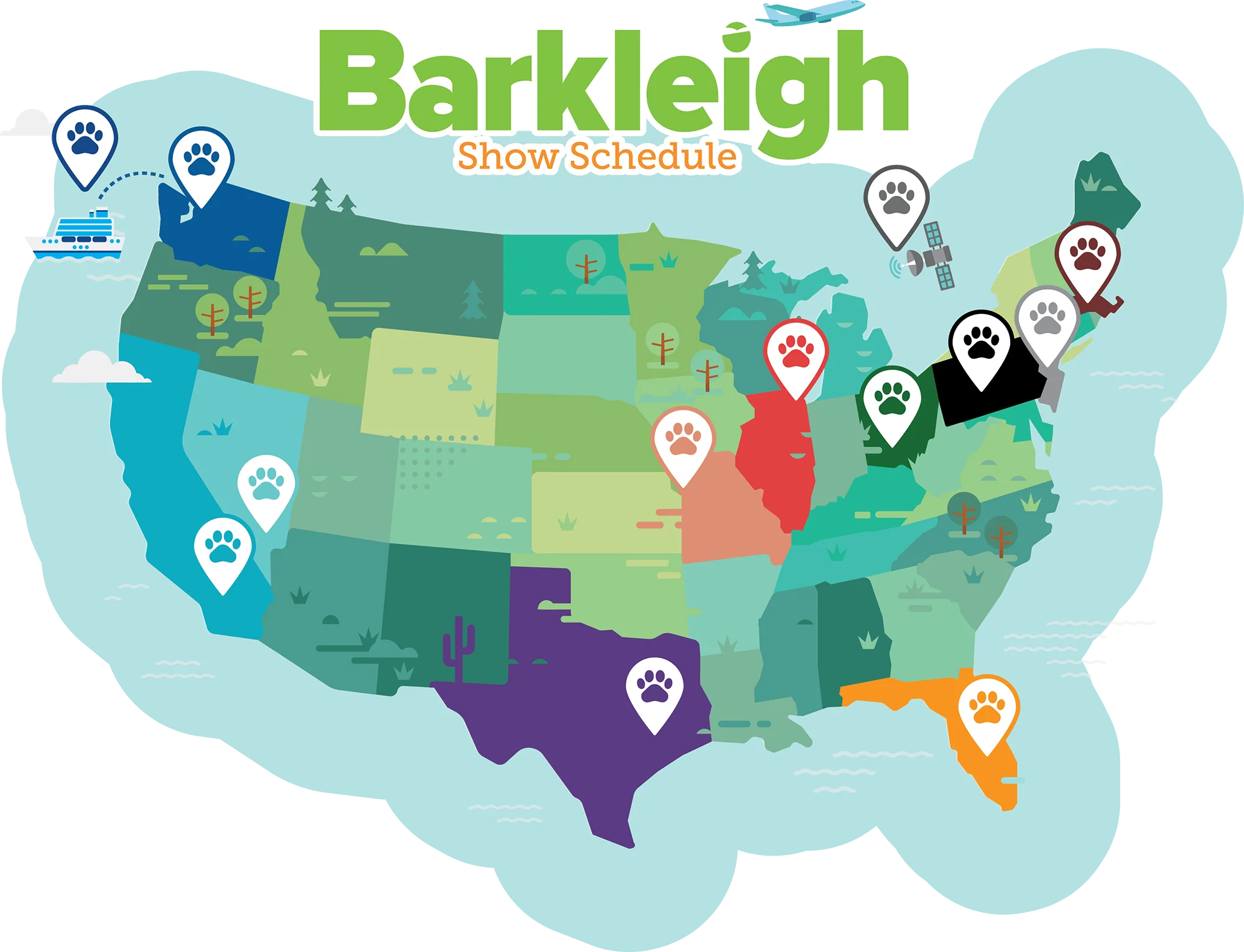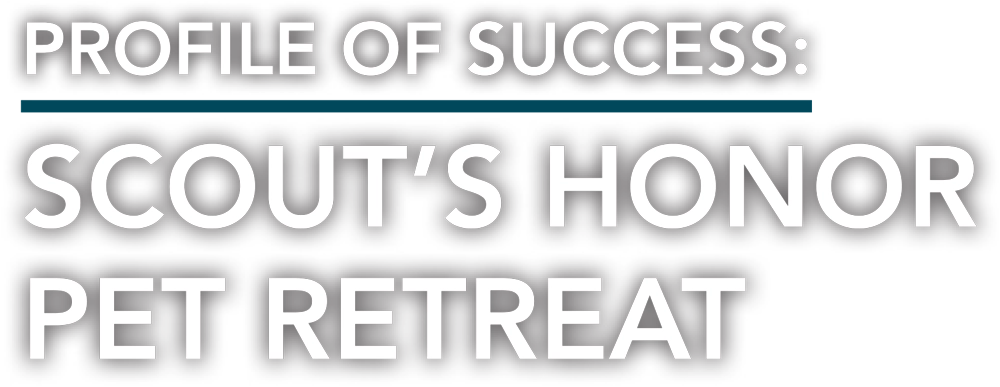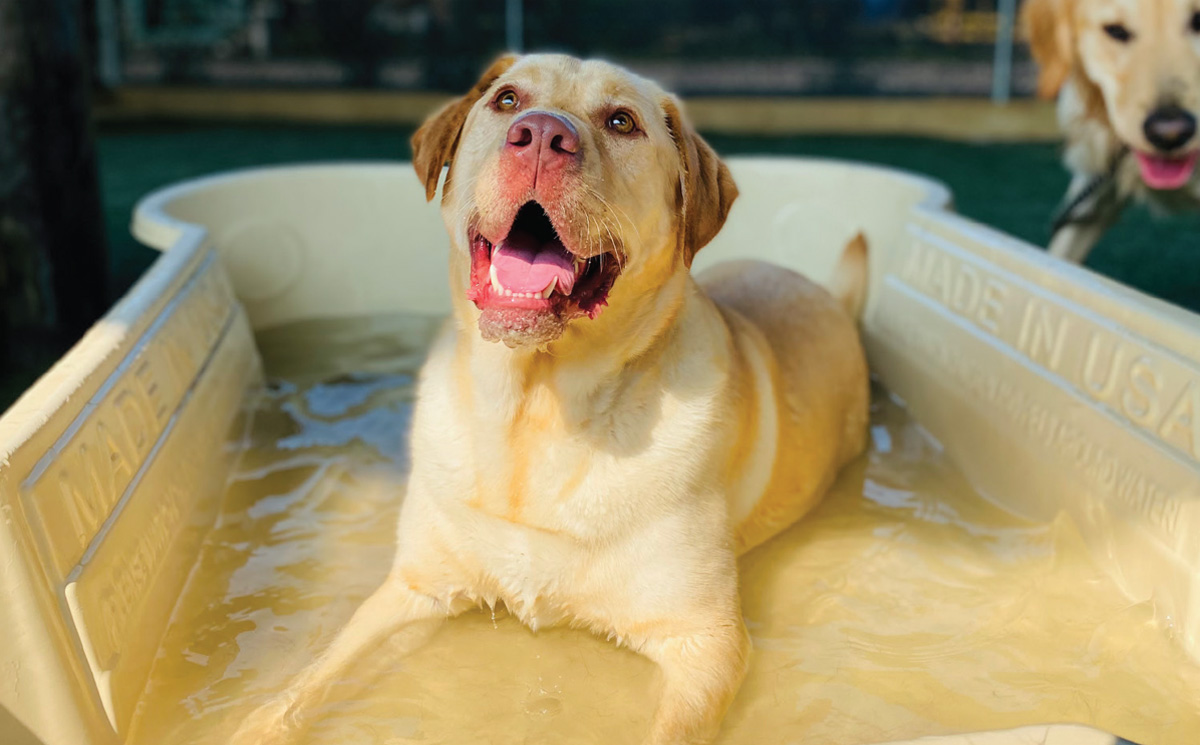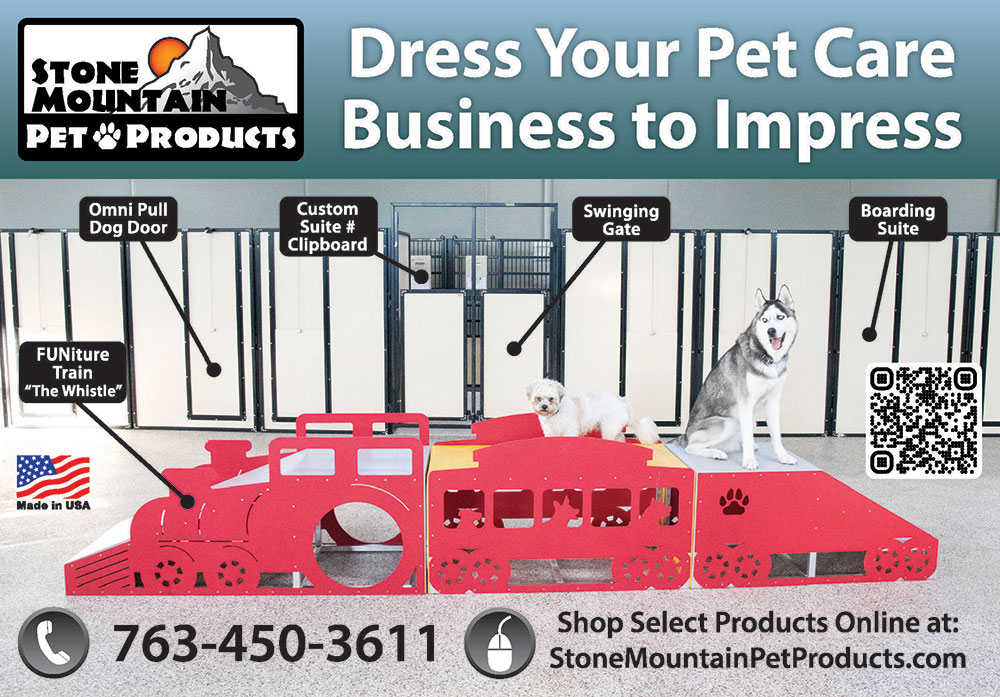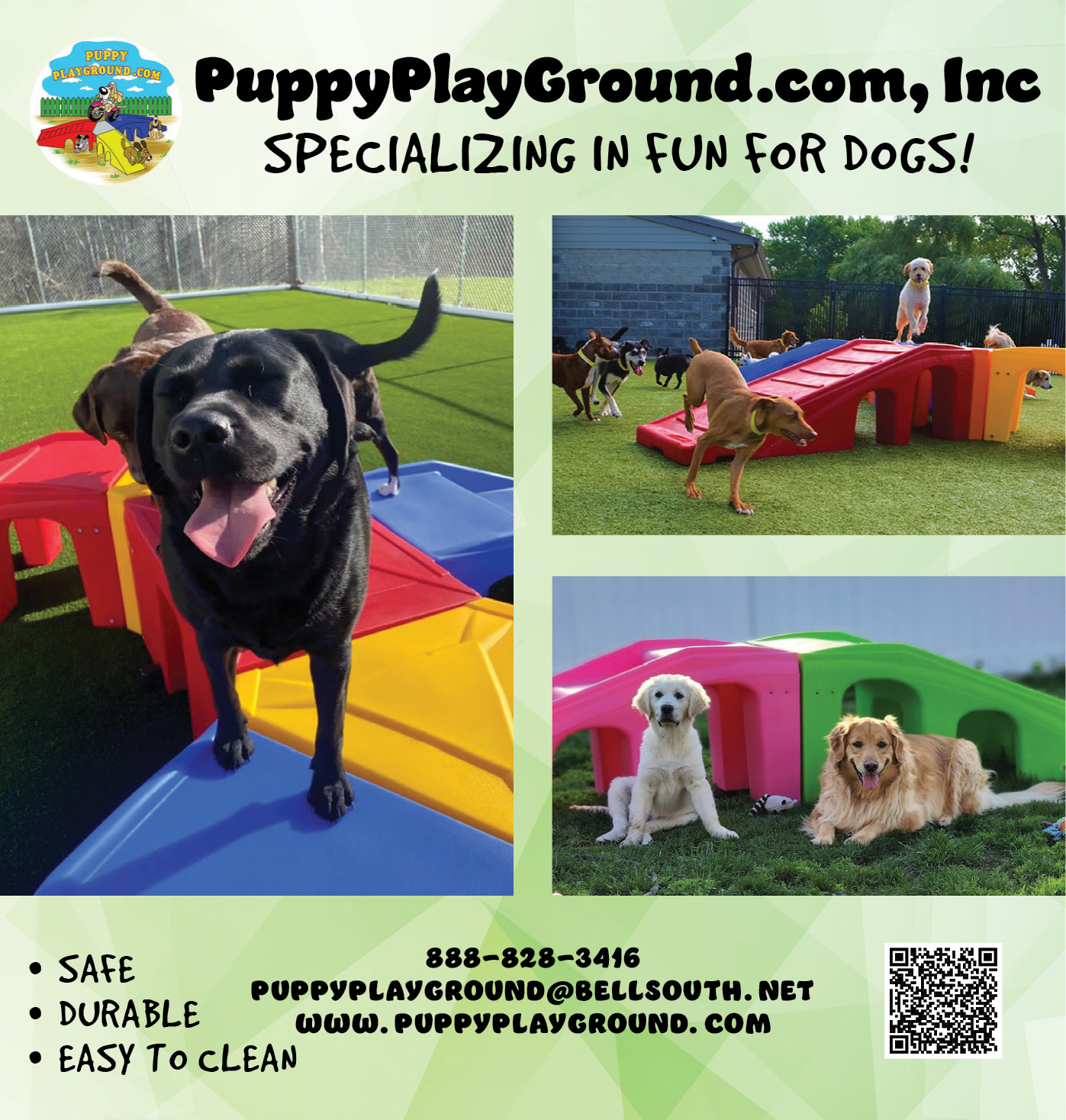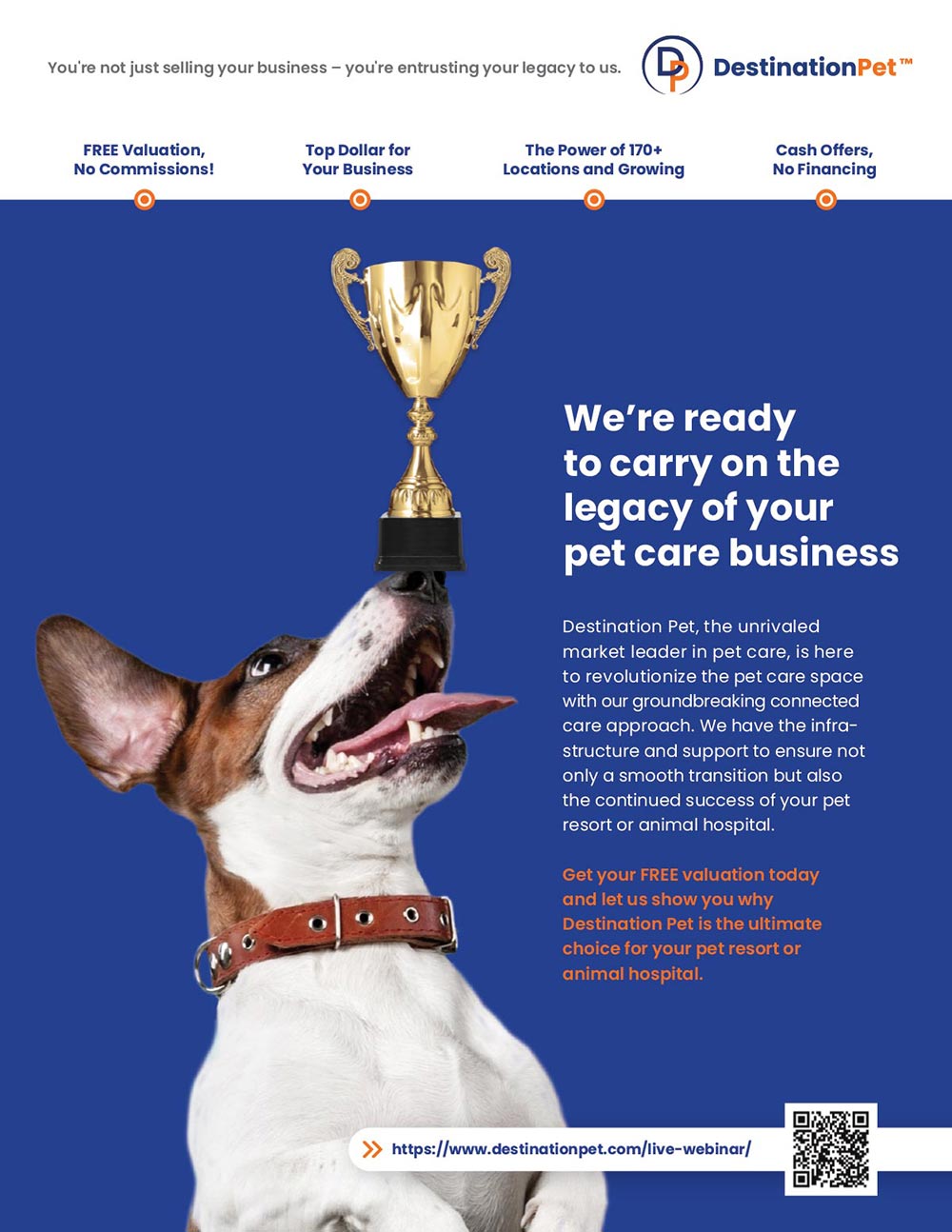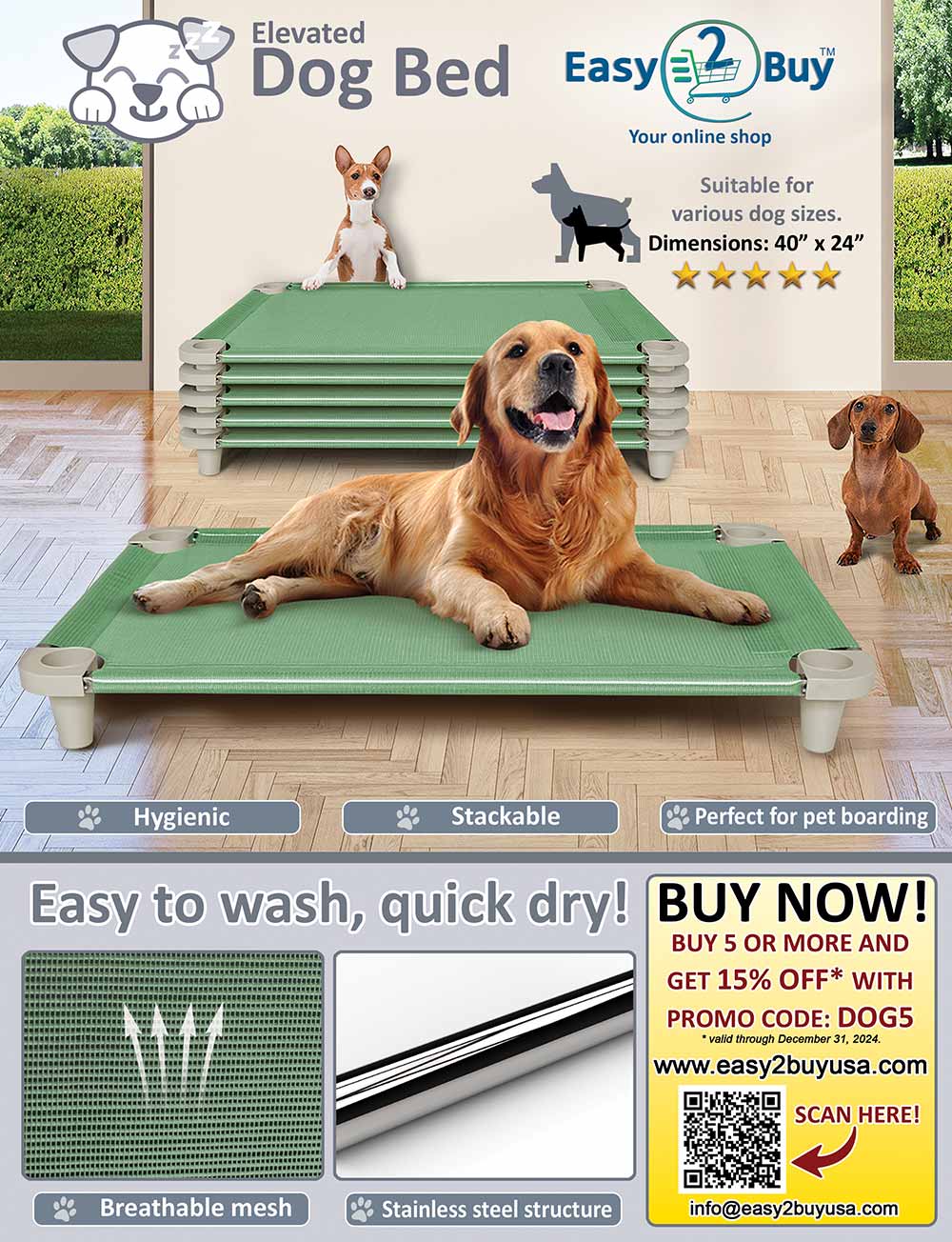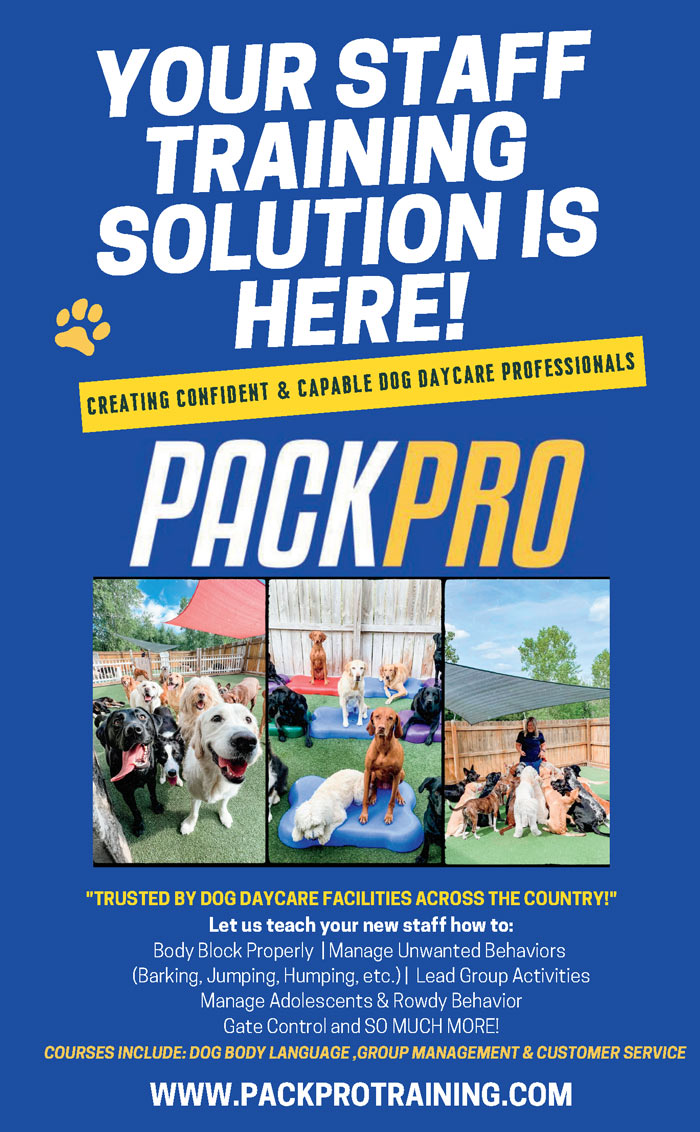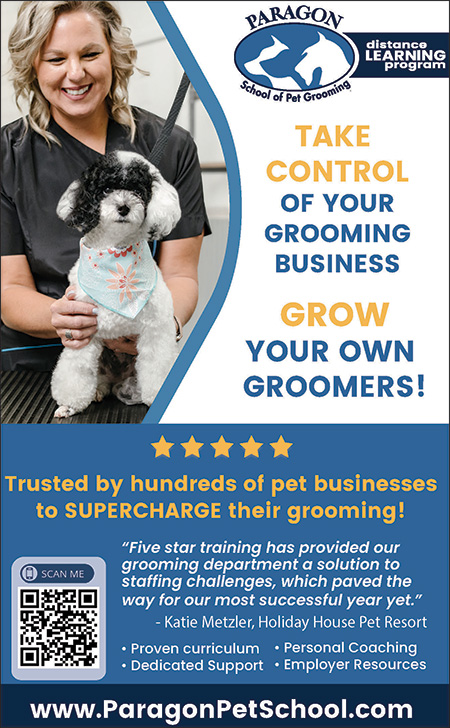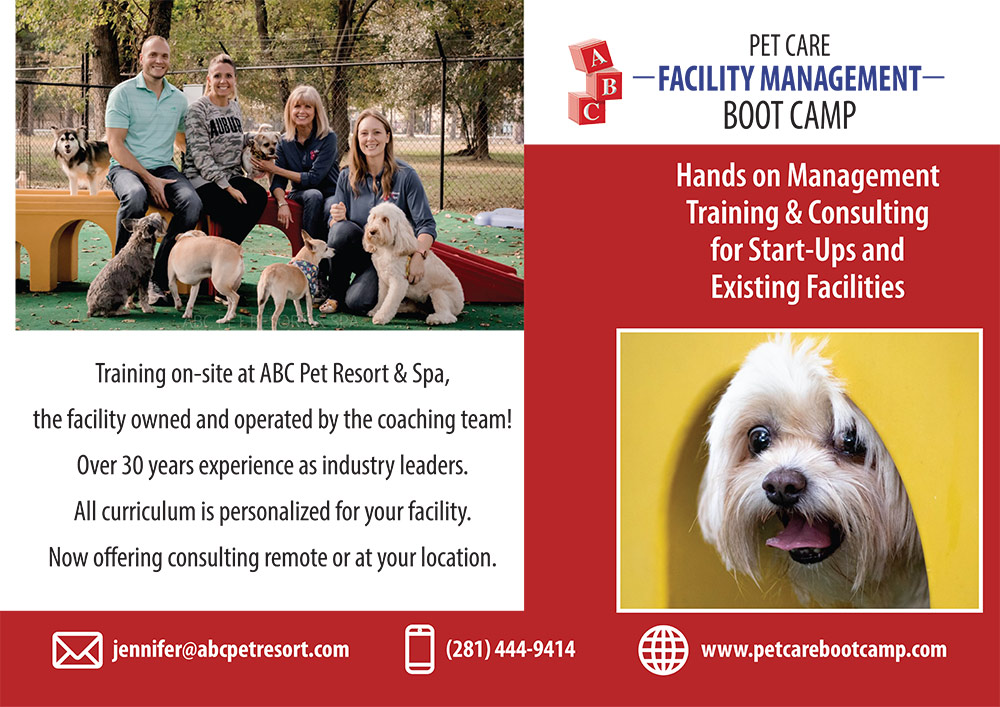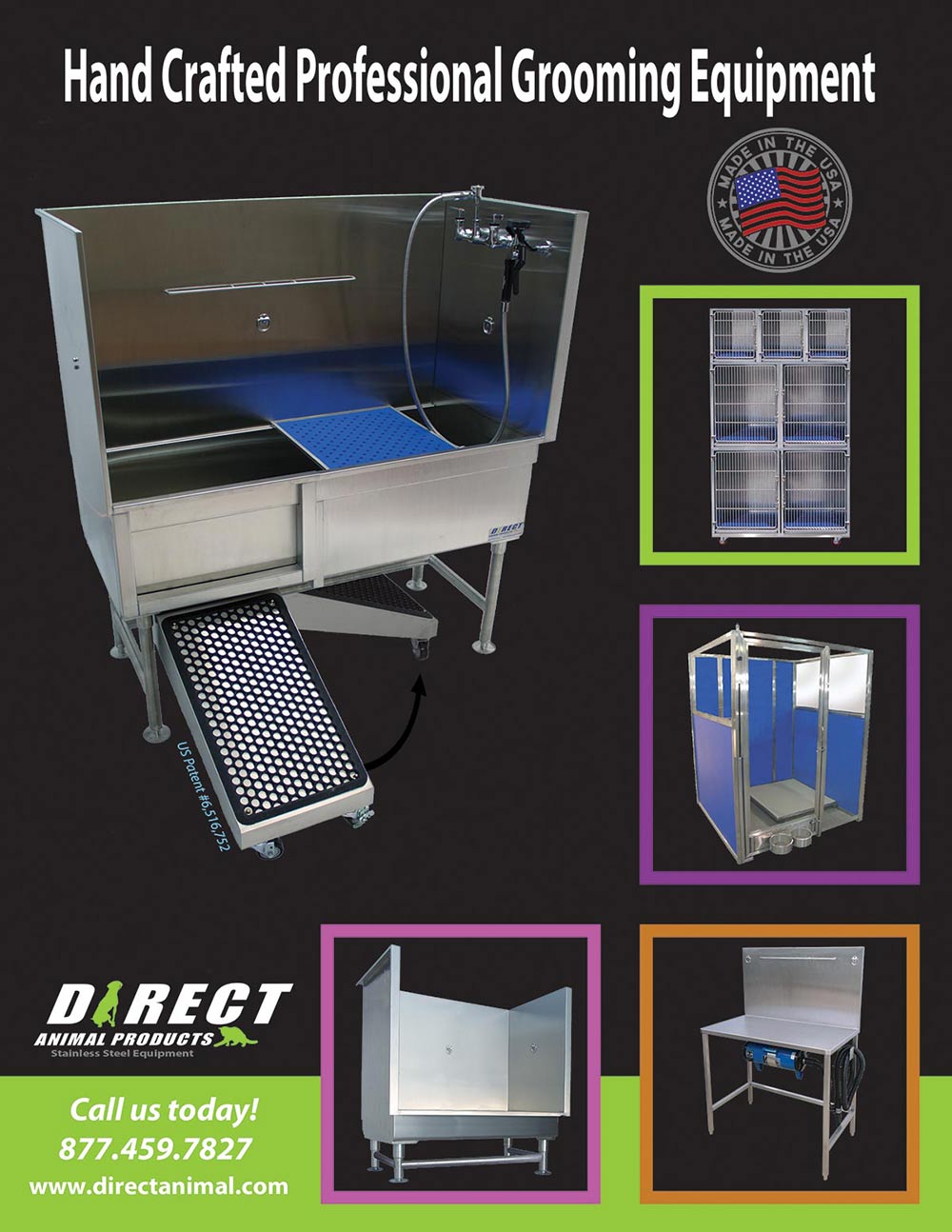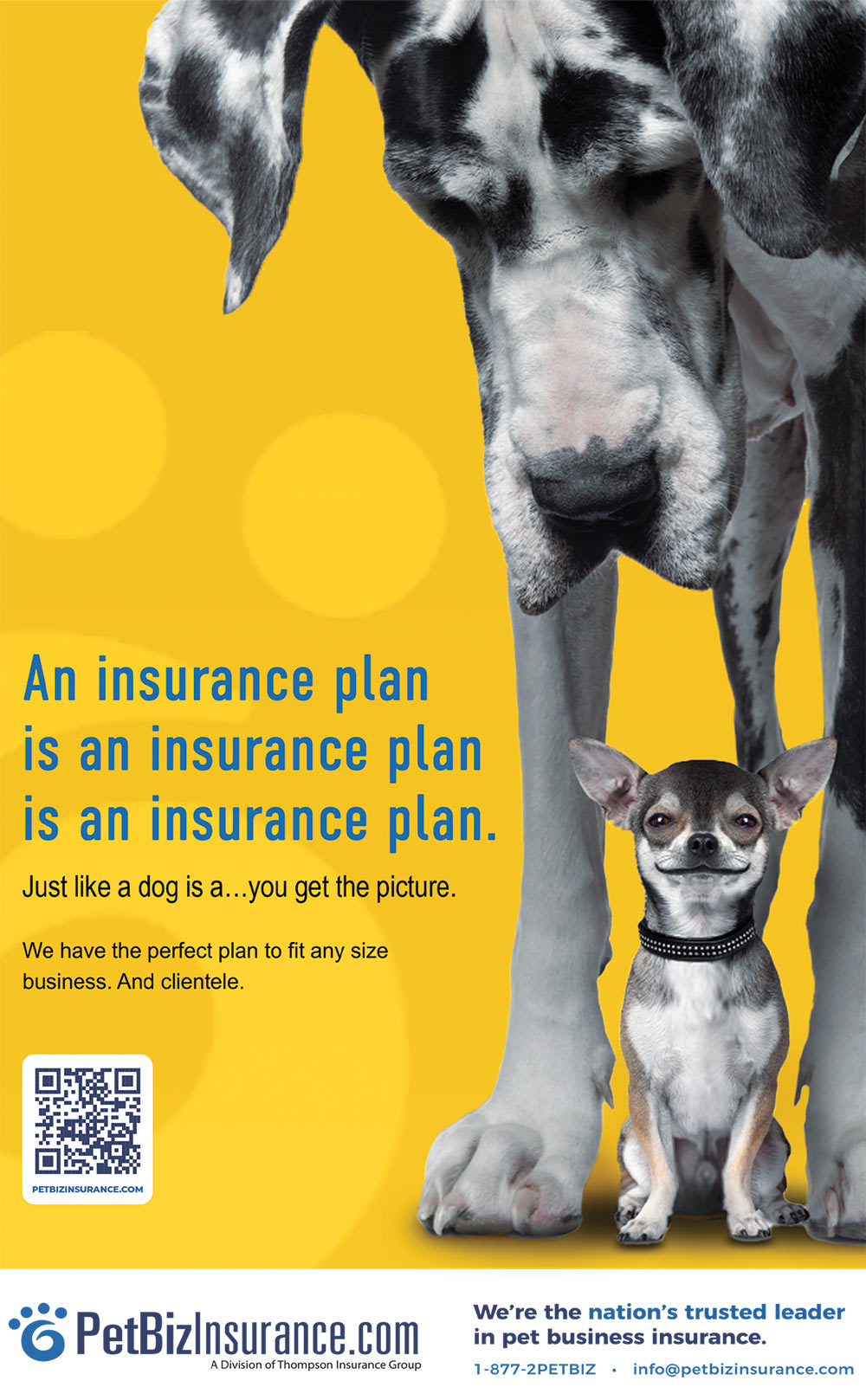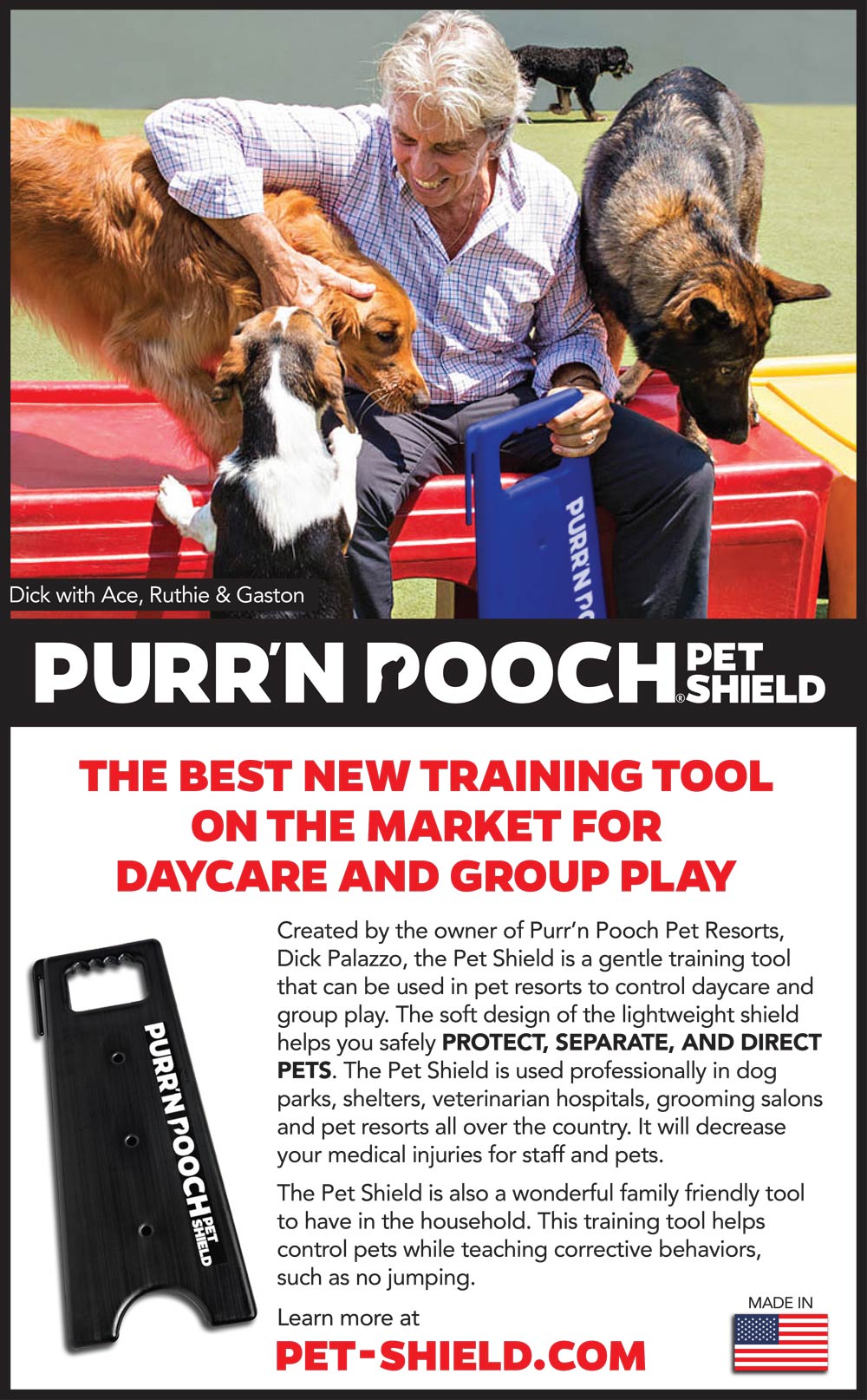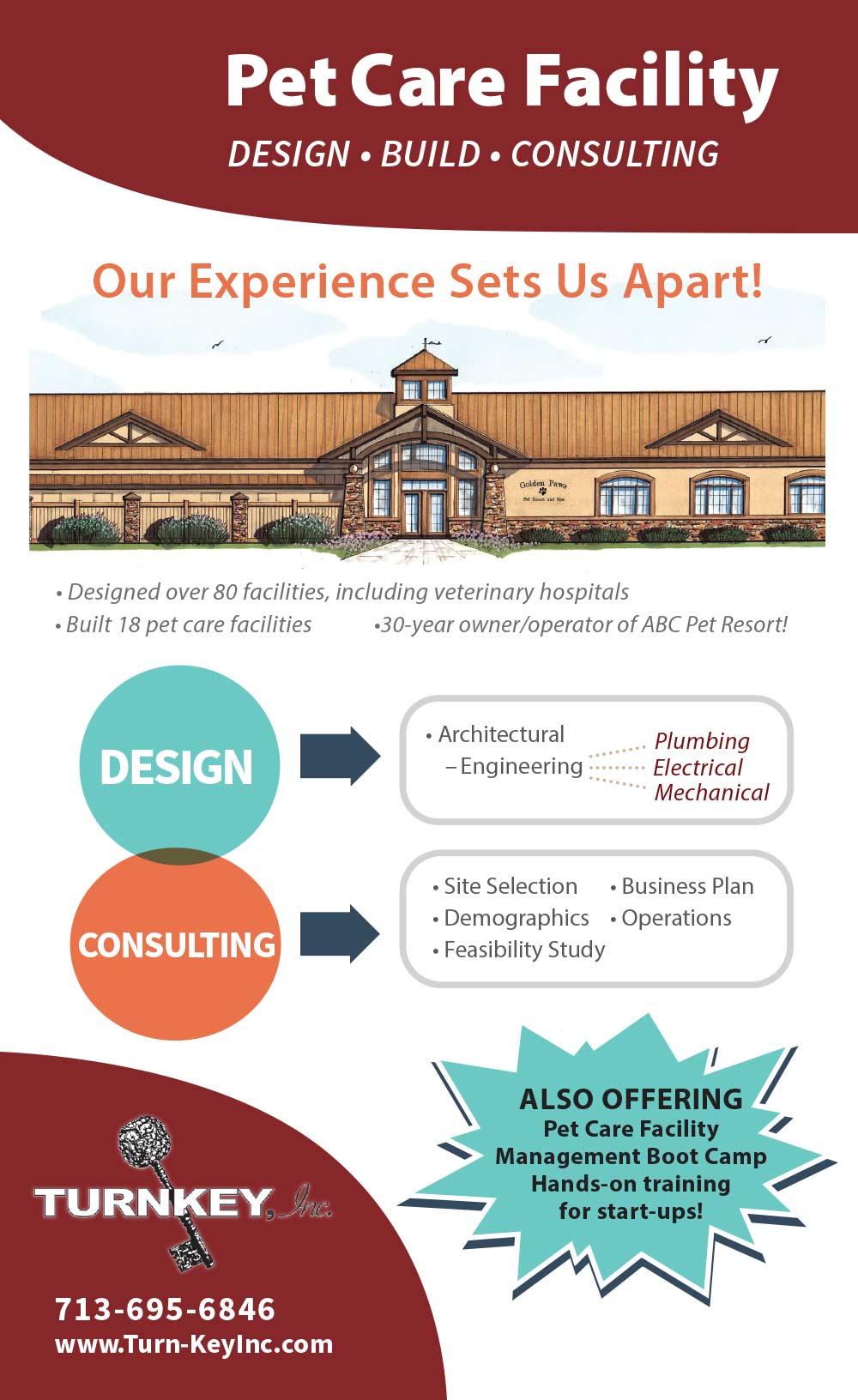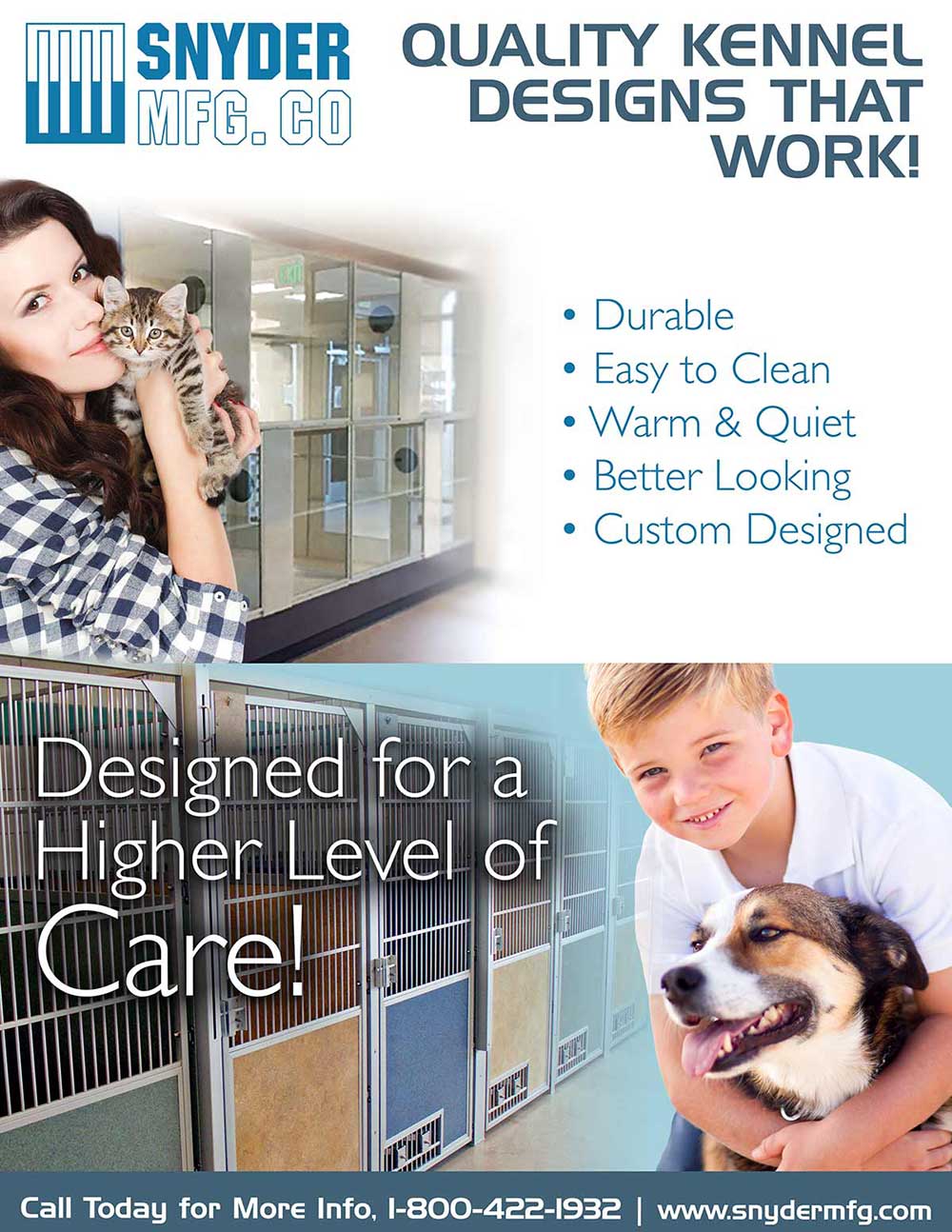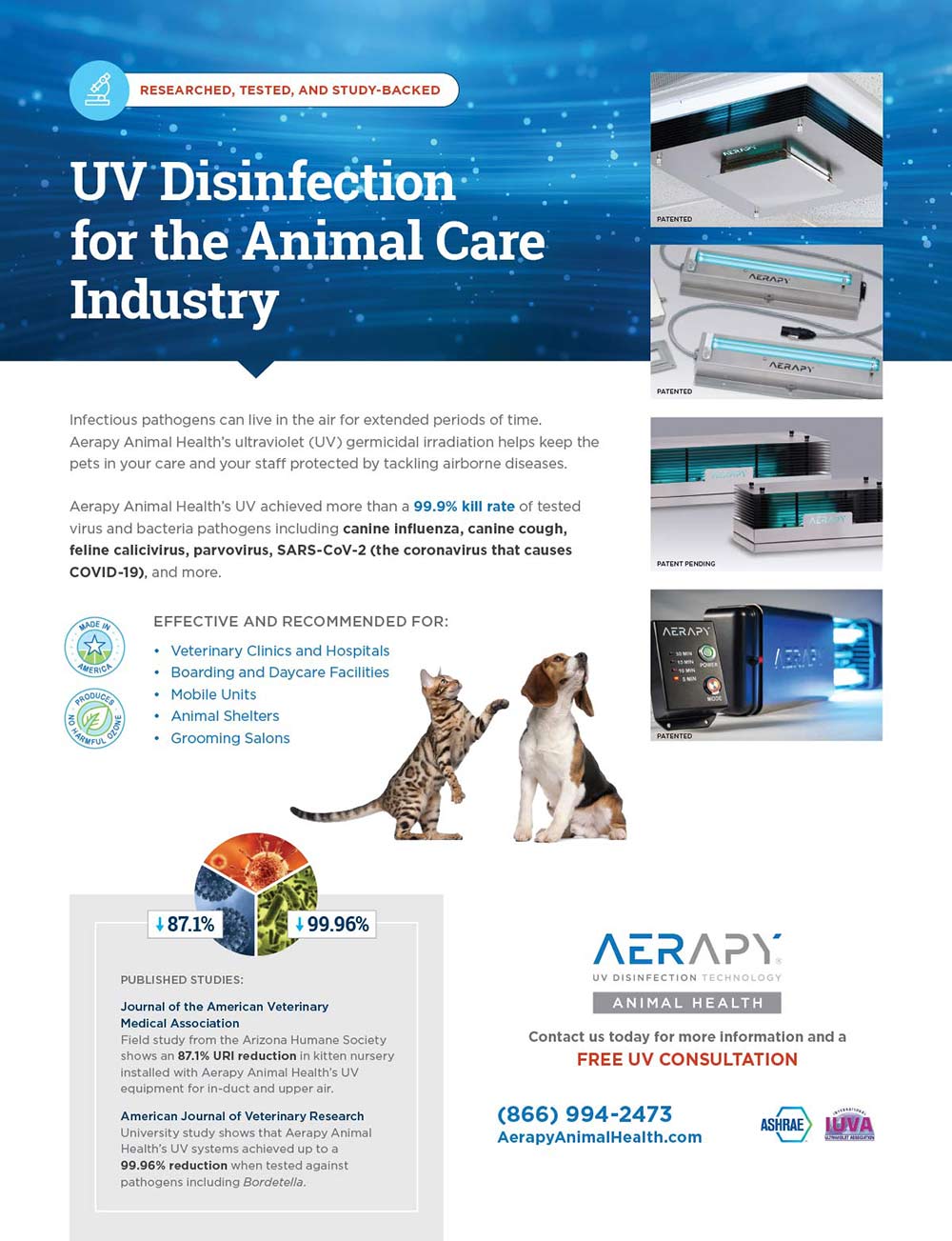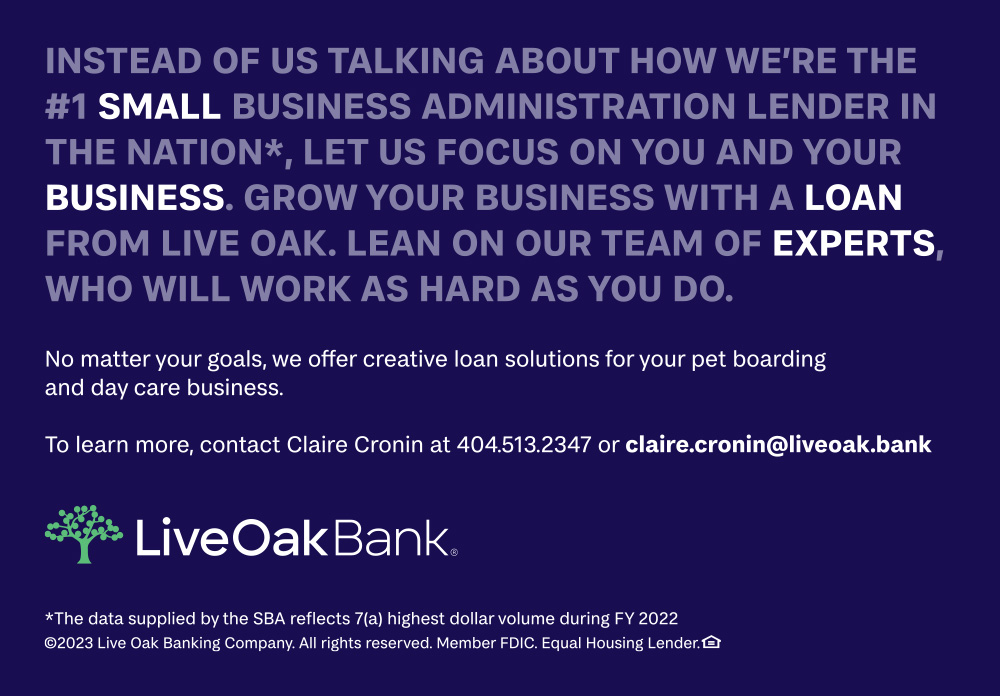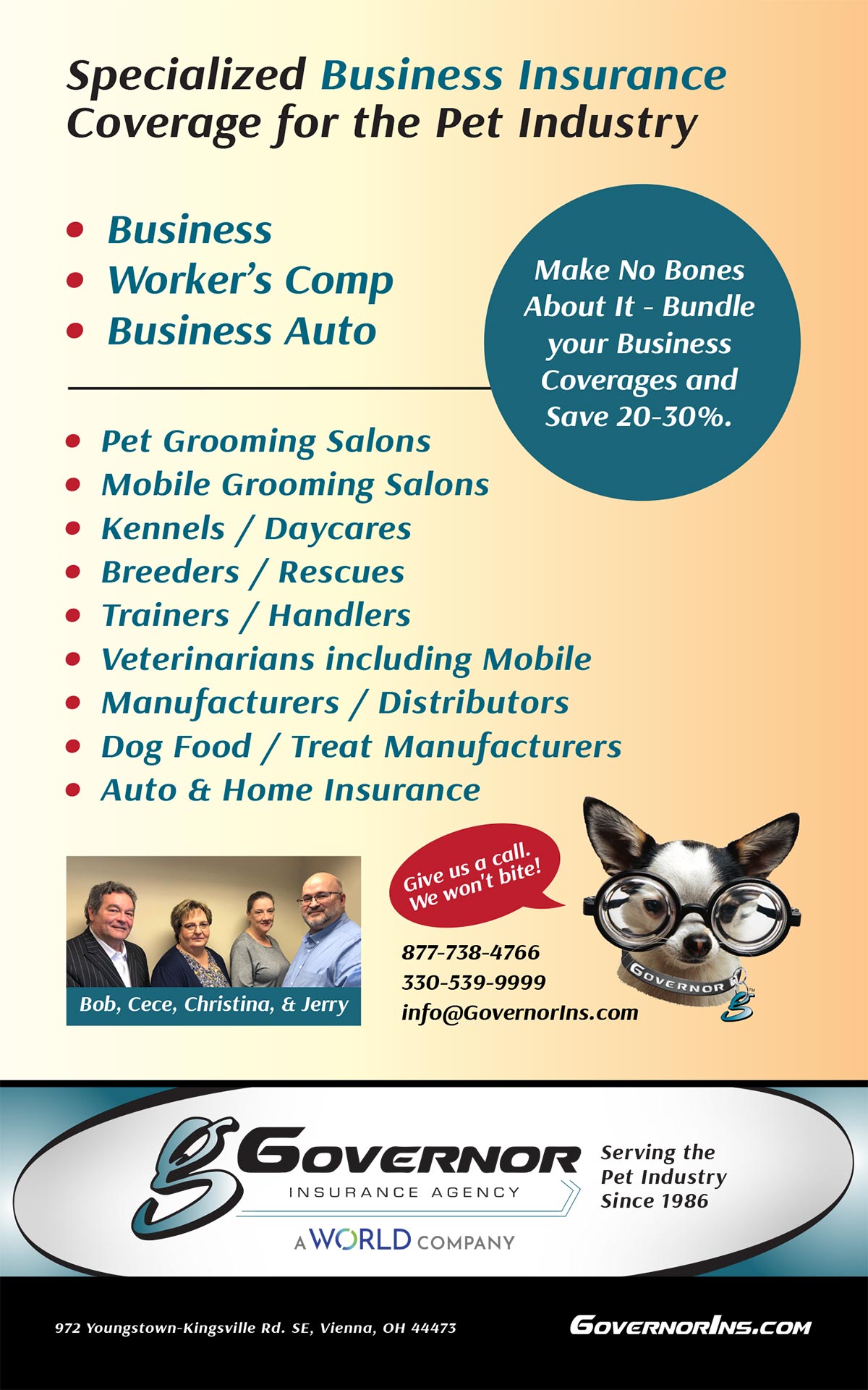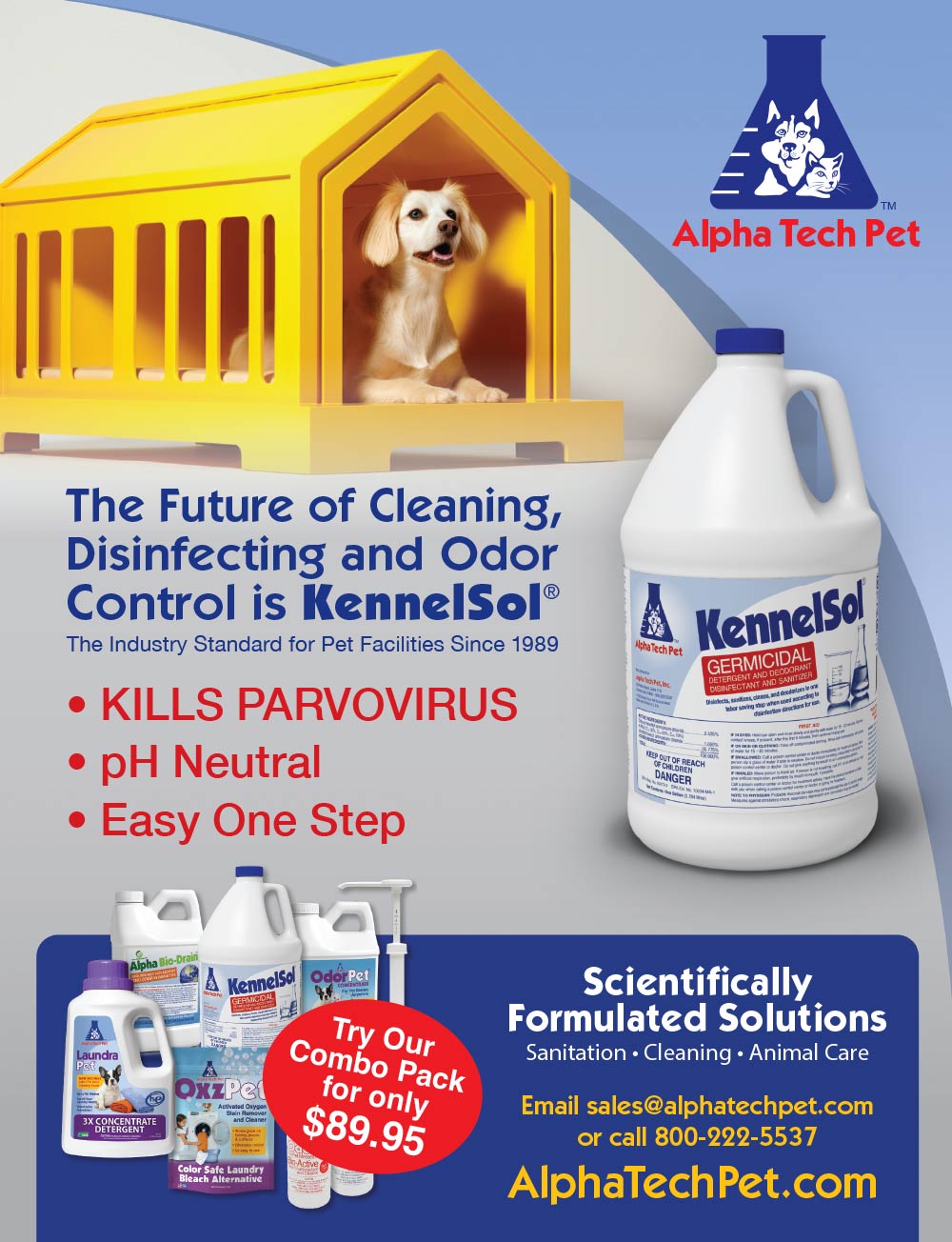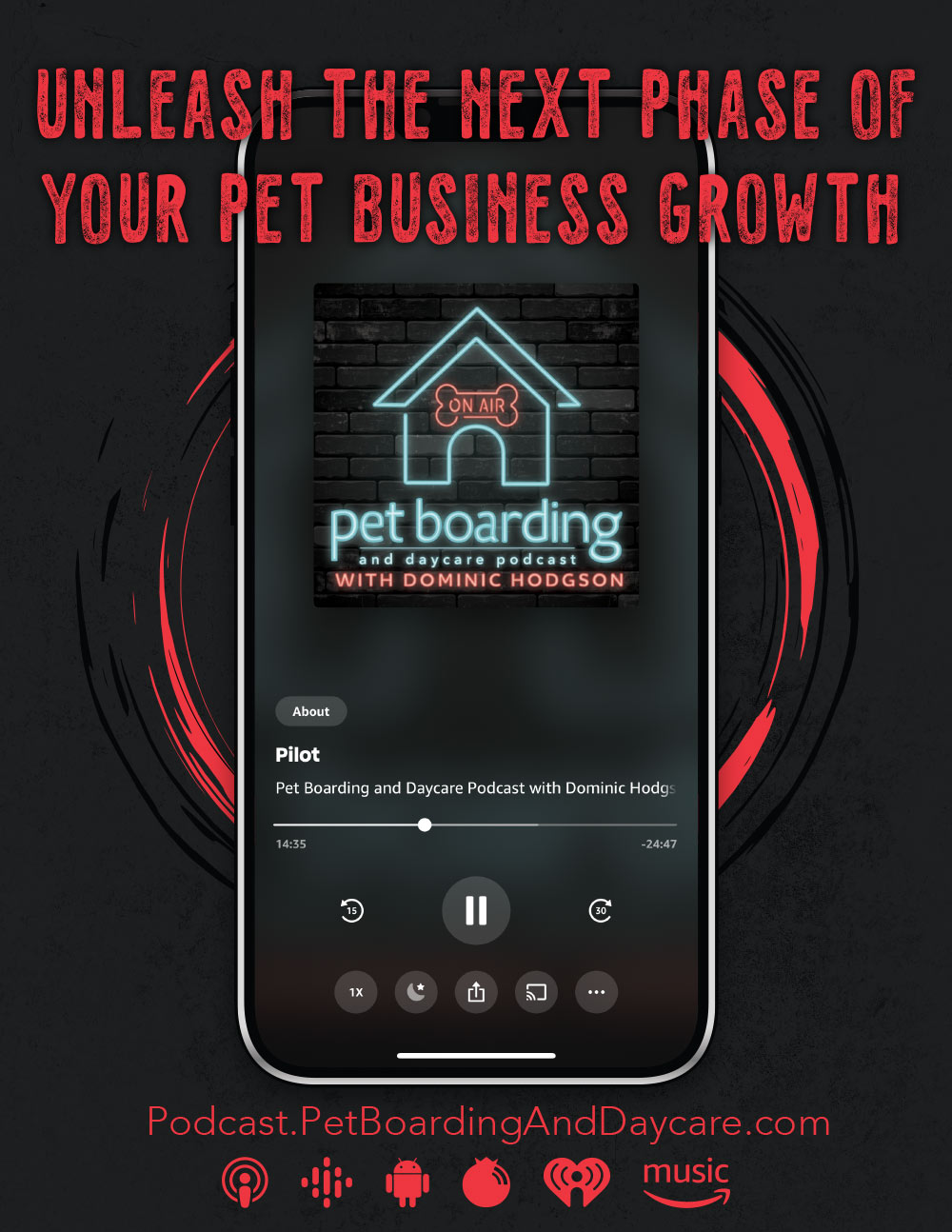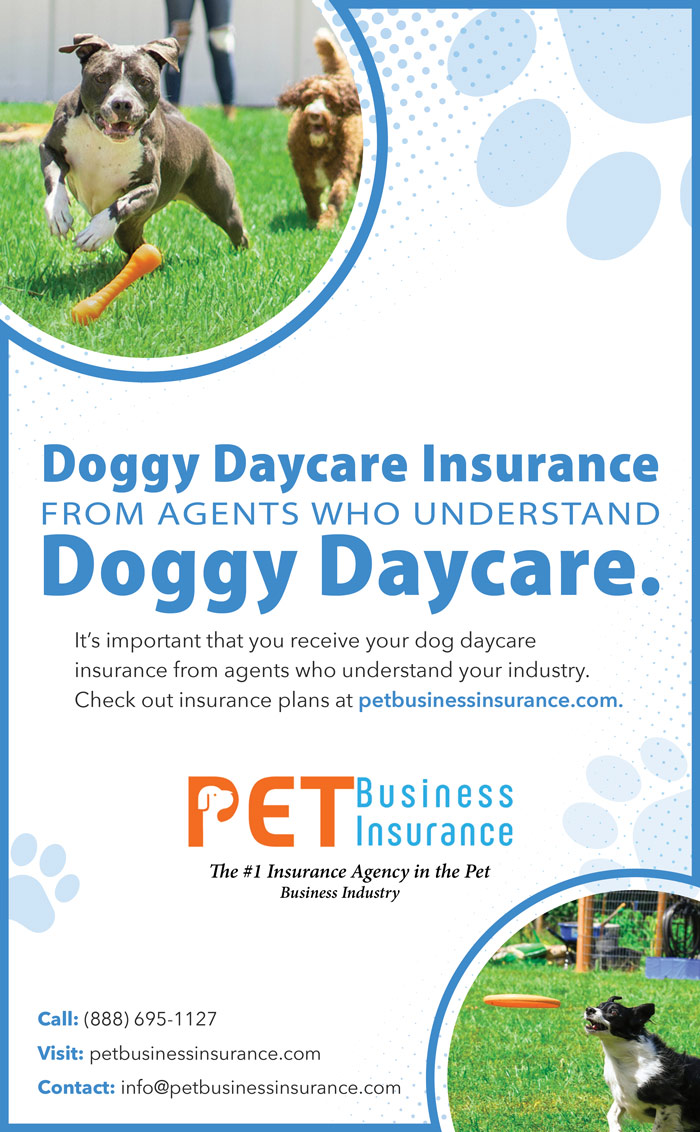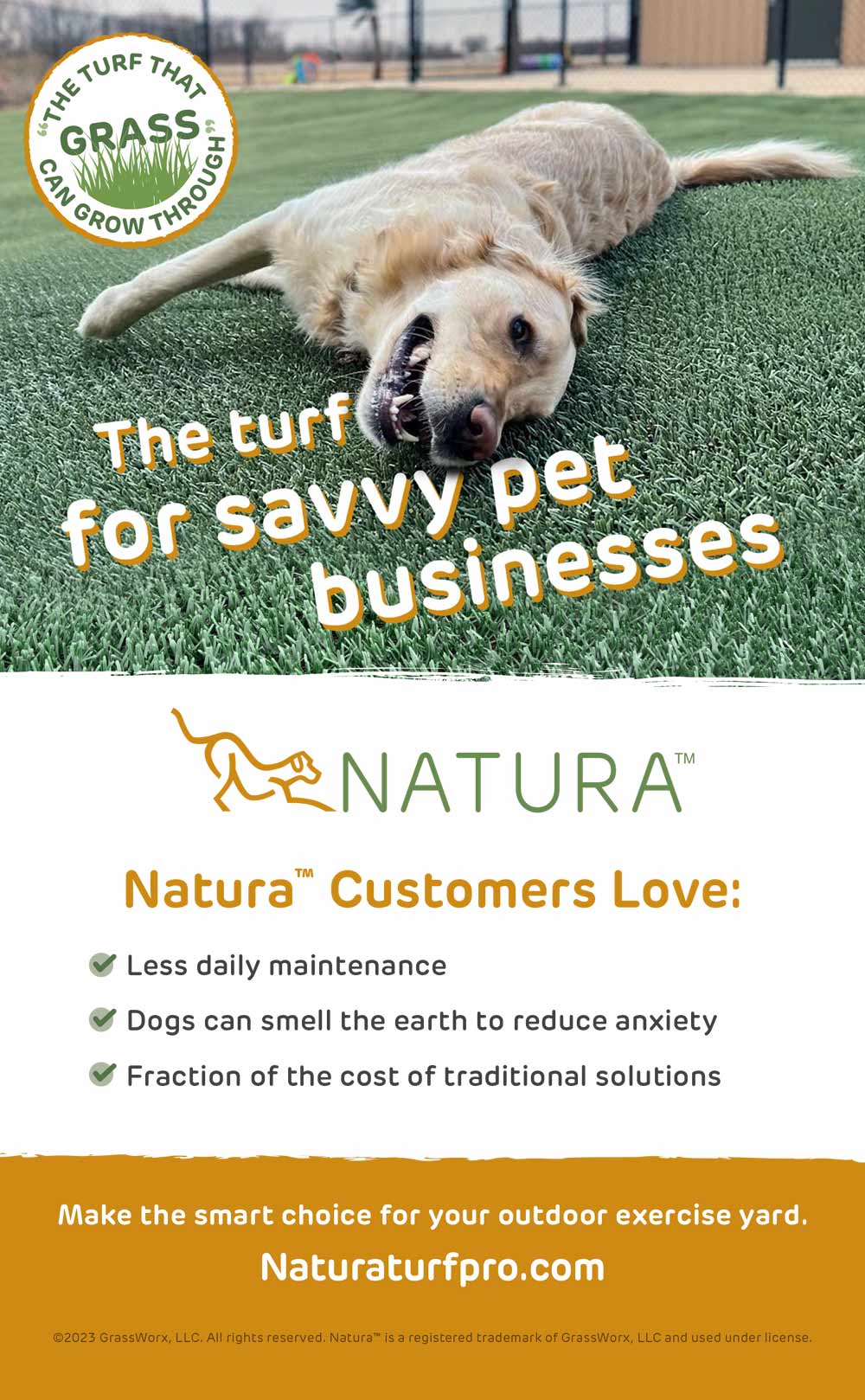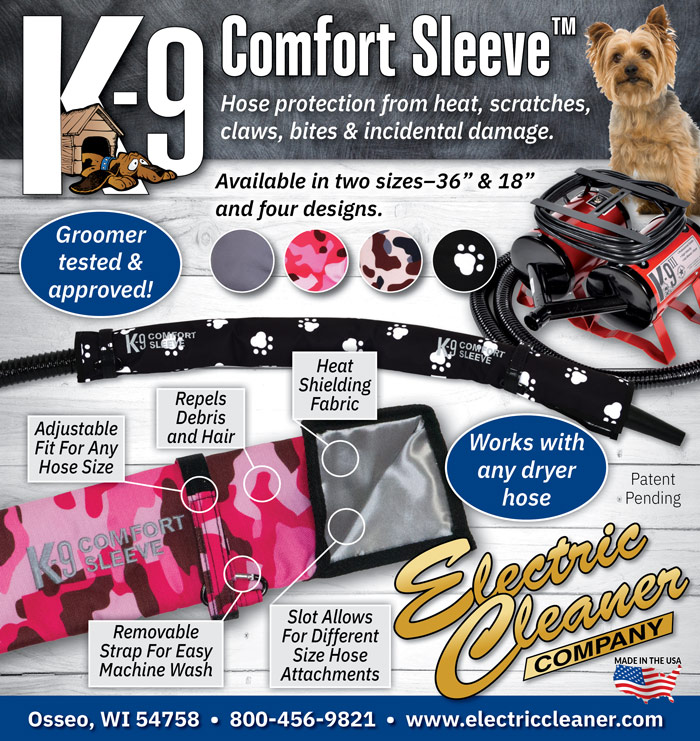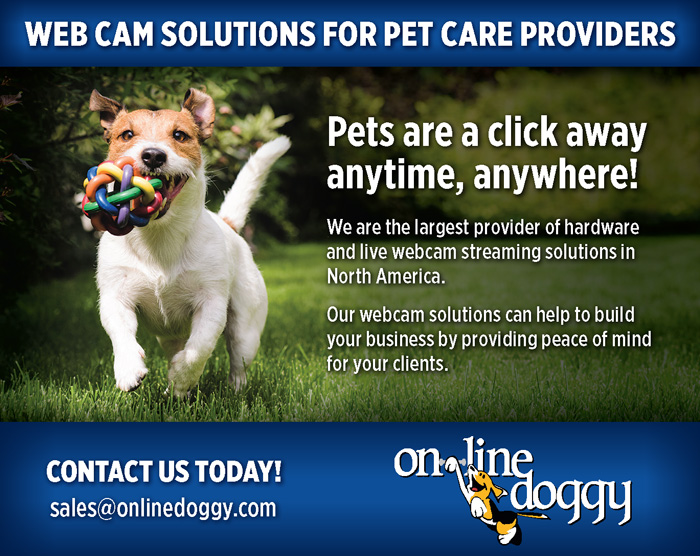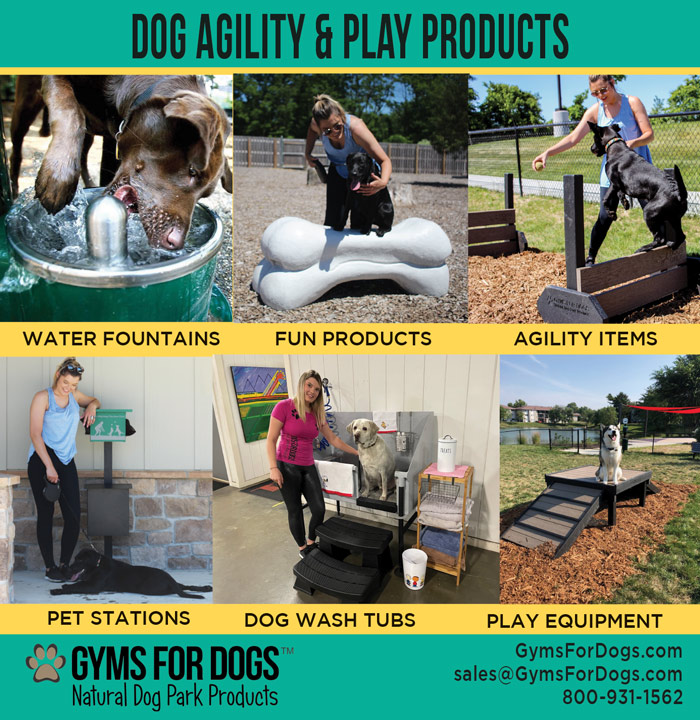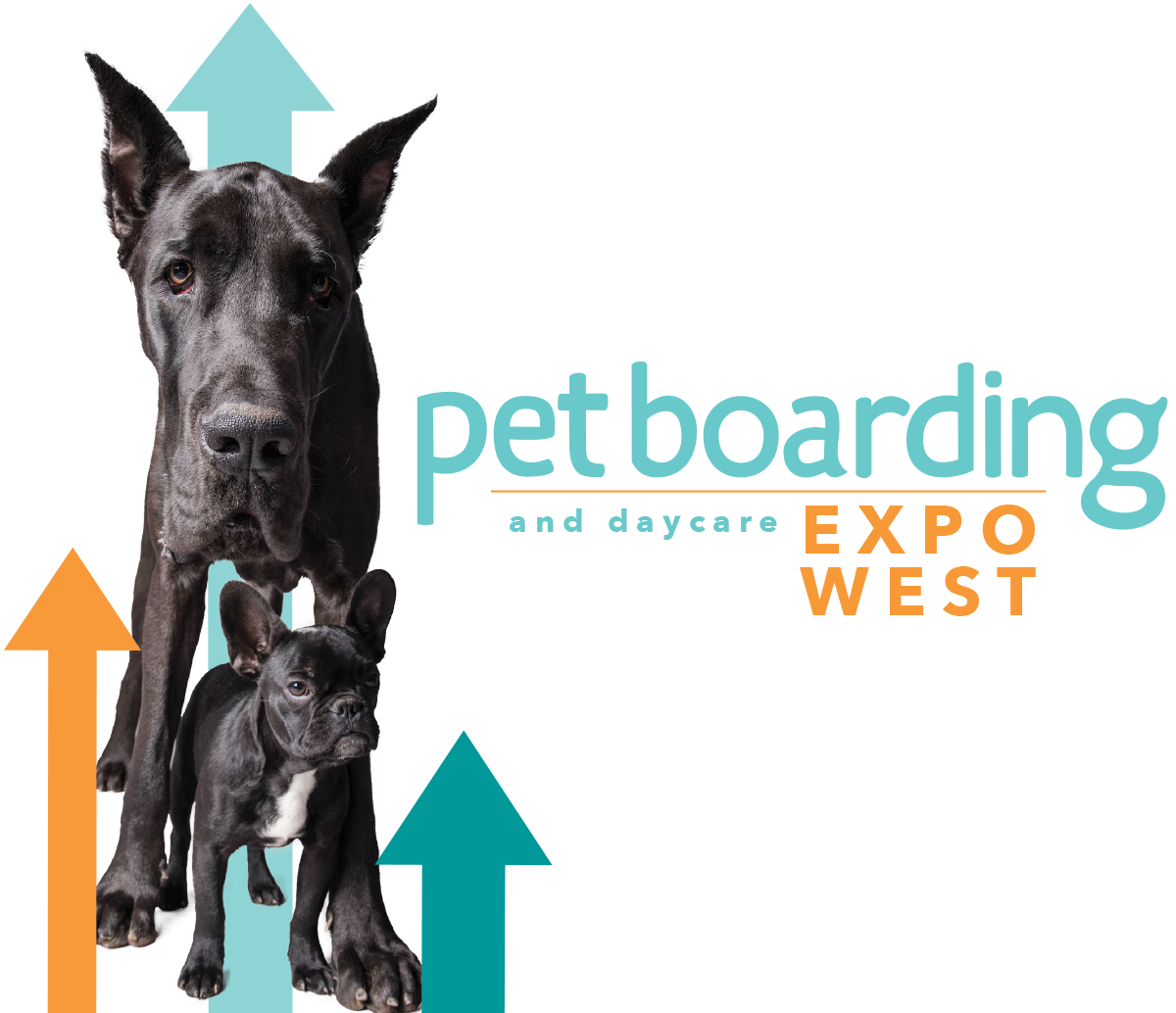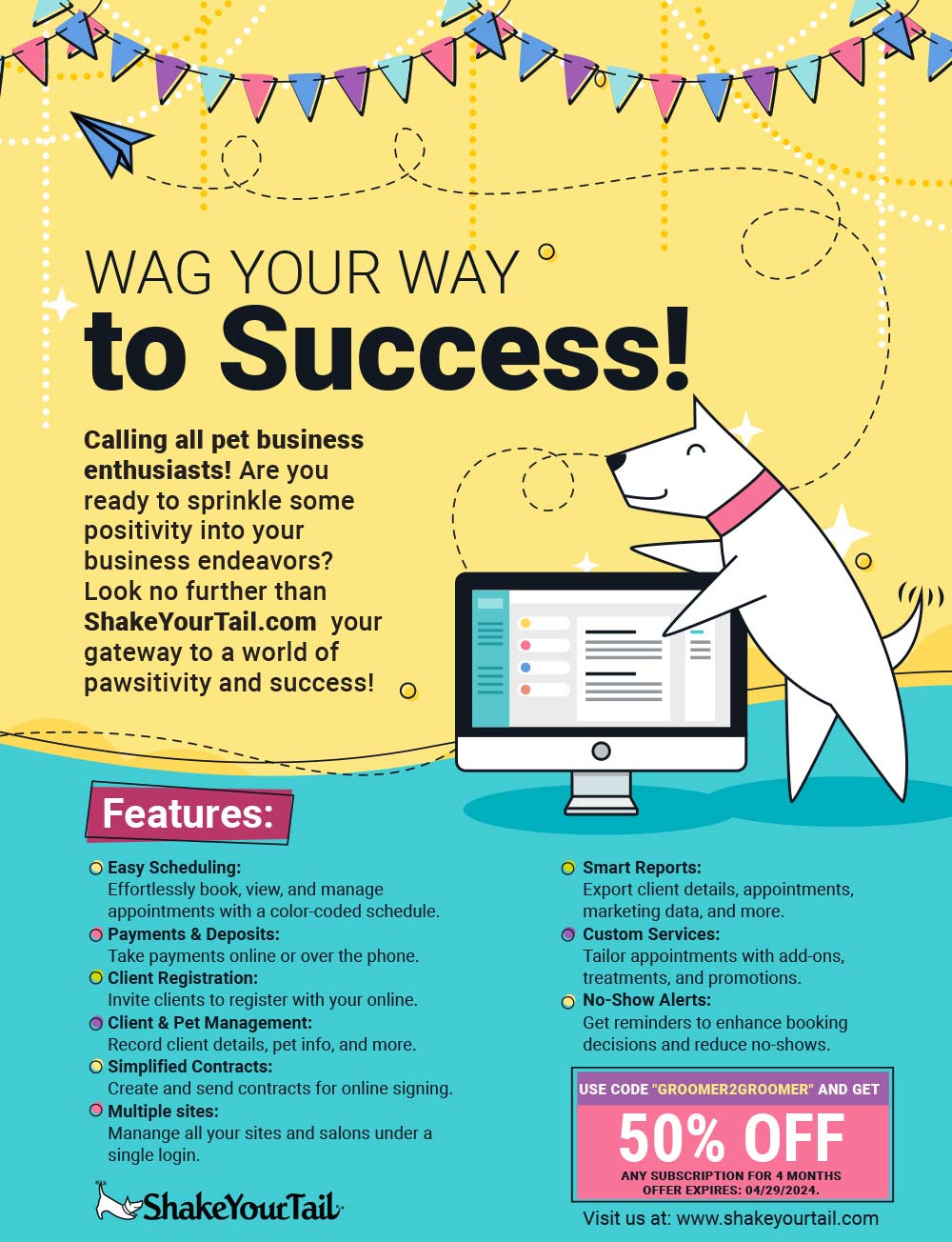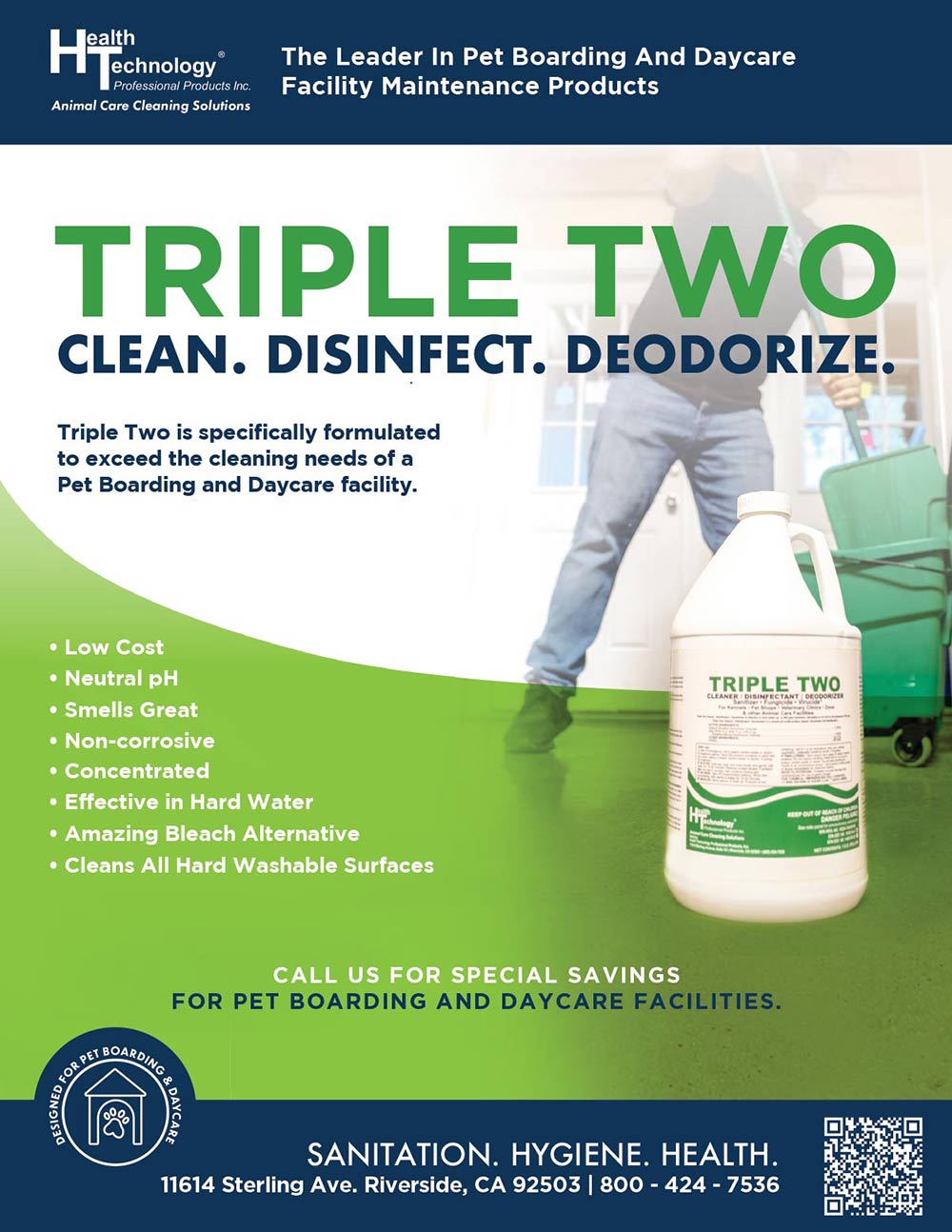Staff
Barkleigh Productions, Inc.
Rebecca Shipman
Laura Pennington
Brandi Aurelio
Carlee Kubistek
Luke Dumberth
Todd Shelly
Gwen Shelly
Adam Lohr
James Severs
Karin Grottola
Cassidy Ryman
Evan Gummo
CONTACT
General: (717) 691-3388
Editorial: rebecca@barkleigh.com
Advertising: james@barkleigh.com

Animal Behavior
Business
Cats
Animal Health
Think Tank
Industry News
- Aerapy Animal Health33
- Alpha Tech Pet35
- Barkleigh Store – Holistic Pet Grooming19
- Barkleigh Store – Holistic Pet Grooming49
- Best Shot Pet39
- BioOx14
- Business Insurers30
- CleanWise43
- Destination Pet9
- Direct Animal Products17
- Dog Kennel Flooring54
- Easy2Buy11
- Electric Cleaner Company46
- Governor Insurance Agency38
- Gyms for Dogs48
- Health Technology56
- Health Technology Rewards51
- K9Grass by ForeverLawn2
- Kuranda Pro3
- Live Oak Bank36
- Natura Turf Pro42
- Online Doggy47
- Outstanding Pet Care13
- Pack Pro Training15
- Paragon Pet School18
- Pet Biz Insurance24
- Pet Boarding Expo West53
- Pet Boarding Podcast37
- Pet Business Insurance41
- Pet Business Marketing21
- Pet Care Boot Camp20
- Pet Shield25
- Pet Vet Sales31
- PetLift7
- Phillip Paris Consultants32
- Presidio Custom Kennels23
- Professional Pet Boarding Certification50
- Puppy Play Ground10
- Rescue Disinfectants5
- PetStar UK – ShakeYourTail55
- Snyder Mfg.27
- Stone Mountain Pet Products8
- Turnkey Inc.28
- Uricide29
Animal Behavior



By Eve Molzhon
 og daycare environments are bustling hubs of activity where our canine friends engage in play, exercise and socialization. While dog daycare offers a fun and stimulating experience for dogs, the importance of building strong relationships within the daycare setting cannot be overstated.
og daycare environments are bustling hubs of activity where our canine friends engage in play, exercise and socialization. While dog daycare offers a fun and stimulating experience for dogs, the importance of building strong relationships within the daycare setting cannot be overstated.
One powerful and simple approach to build relationships and enhance these connections with our canine guests is the “good” technique. This is where dog handlers purposefully touch each dog three times, accompanied by positive reinforcement, therefore fostering a training relationship that benefits both parties and the overall playgroup dynamic.
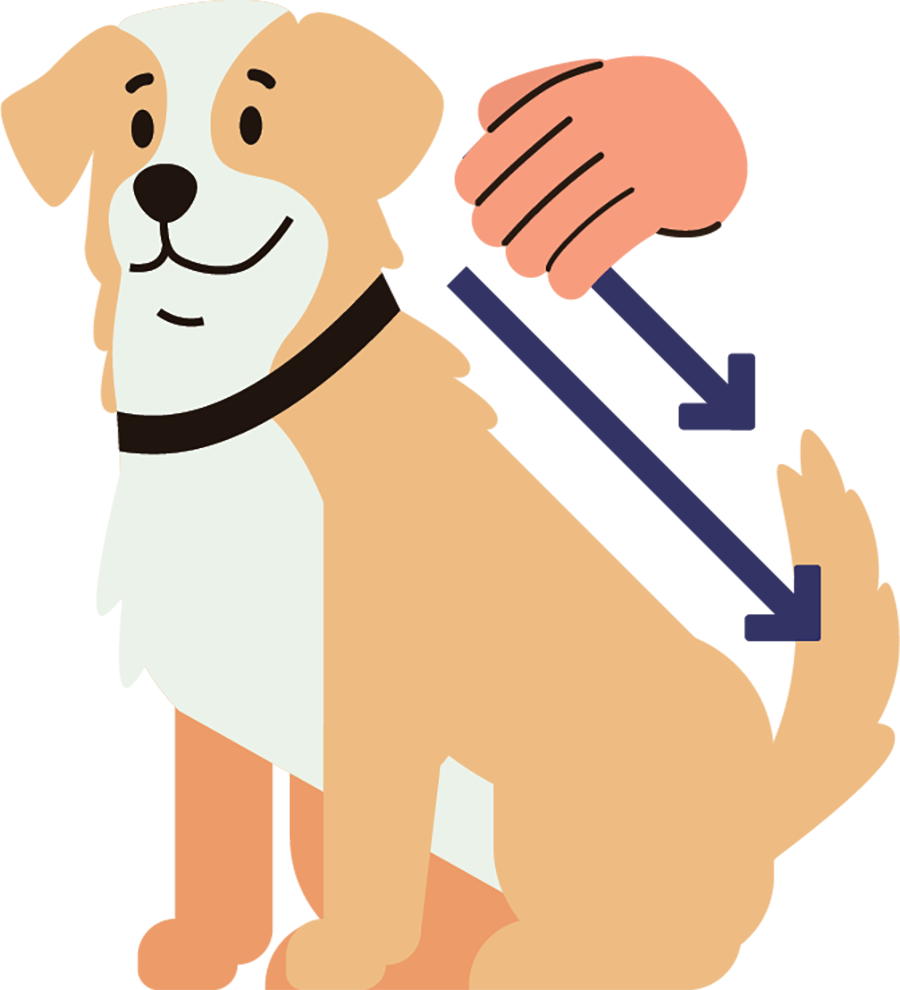


In dog daycare, building relationships is at the heart of creating a positive and enriching experience for our canine companions. This “good” technique provides a simple yet powerful tool for dog handlers to establish strong connections with each dog in their care.
Through purposeful touches and positive reinforcement, this approach not only enhances individual relationships, but also contributes to a cohesive and well-behaved group dynamic within the daycare setting. As we prioritize building these bonds, we create a space where dogs feel secure, loved and ready to thrive.
Eve Molzhon is the creator and owner of Dog Handler Academy. Dog Handler Academy is a 100% online, automated employee training program designed specifically for dog daycares and boarding facilities. Our real-life daycare videos and online quizzes fast-track your new hires into understanding dog handling and care, saving you time and money. Courses cover basic and advanced dog handler skills, social cues and safety, client relations, and more. The mission of Dog Handler Academy is to provide employers training new hires with comprehensive material in a cost-efficient, consistent, and effective program. Our end goal is to create better handlers within our industry to ensure the proper care of animals.
Business

By Laura Laaman
 s you well know, delivering quality pet care has never been so expensive. Rampant inflation, dizzying costs and relentless competition continue to batter pet care businesses on all sides. And let’s not forget the ongoing staffing crises and “mystery” canine illness national news stories.
s you well know, delivering quality pet care has never been so expensive. Rampant inflation, dizzying costs and relentless competition continue to batter pet care businesses on all sides. And let’s not forget the ongoing staffing crises and “mystery” canine illness national news stories.
As this towering mountain of challenges looms, many pet care facilities aren’t realizing the revenues they need in order to grow or, in some cases, simply survive. In addition, many facility owners aren’t taking a paycheck for themselves because the staff and facility bills need to get paid first. But here’s the good news—your business can (and should!) be thriving, even in this arduous environment.
So, what do you need to implement in order for your business to thrive? The powerful combination of three major strategies: strong client acquisition, effective marketing and profitable, yet appropriate pricing.
Some pet care business owners are surprised to hear this, but almost all of your company’s business comes through your telephone. Choosing a pet care provider is a highly emotional decision involving significant trust. For this reason, most pet parents still choose to speak with an actual human rather than book pet care online. This means that the way your company handles phone calls is incredibly important. Do you have a well-trained, dedicated phone person or team (depending on your size)? Most pet care businesses don’t, and therefore lose a huge opportunity.
Having an untrained employee answering phones is one of the biggest mistakes you can make in relation to your revenues. But a carefully chosen, highly trained and regularly monitored professional phone person or team can be the difference between skyrocketing revenues and simply scraping by. Every prospective client phone call is a golden opportunity potentially worth thousands (or tens of thousands) of dollars throughout that client’s lifetime relationship with you. A competent phone person or team will capture and convert as many of those phone calls as possible, and in the most profitable ways.

Low-cost, community-driven marketing can help make a lot of targeted impressions in a short time. Ultimately, the goal is to attract prospective customers and guide them to your phones. Encourage prospects to call you to learn more, claim a special offer and hopefully make their reservations.

Once you’ve identified the most appropriate and profitable prices for your services, it’s critical to justify that cost to the pet parent prospect. This ties back to promoting the incredible experience and unique selling points at your facility, both over the phone and in marketing. And it’s important not to get complacent, either. As you well know, the economy fluctuates all the time, and the best-performing pet care companies routinely re-evaluate their prices to ensure they’re where they need to be.
While each of these strategies is powerful, they don’t shine to their truest potential until they’re used in tandem. Even today, up against soaring inflation and costs, your business should be generating the revenue you need and deserve.
Laura Laaman is president of Outstanding Pet Care. If you’re interested in growing your revenues, any of the strategies in this article, or any of our other proven and guaranteed services, schedule a consultation by calling 1-888-735-5667 or visiting www.OutstandingPetCare.com/contact.
Business

By Dominic Hodgson
 ollowing formulas works really well in marketing. You’ve got your classic “PAS (Pain Agitate Solution)” formula, which you can use for any kind of advertising. Then you have the similar but slightly different copy formula, “AIDA (Attention, Interest, Desire, Action).” And I’m sure you’re very familiar with the “Know, Like, Trust” process, which, when you get it right, ensures you’ll attract great clients, who are truly bought into you before they buy from you. Then there’s “iTell, Show, Tell,” which is what I learned as a sales rep working for Imperial Tobacco. You tell them what you are going to show them, you show them, and then tell them what you’ve just shown them. It sounds basic, but we distributed and sold a lot of cigarettes using that technique.
ollowing formulas works really well in marketing. You’ve got your classic “PAS (Pain Agitate Solution)” formula, which you can use for any kind of advertising. Then you have the similar but slightly different copy formula, “AIDA (Attention, Interest, Desire, Action).” And I’m sure you’re very familiar with the “Know, Like, Trust” process, which, when you get it right, ensures you’ll attract great clients, who are truly bought into you before they buy from you. Then there’s “iTell, Show, Tell,” which is what I learned as a sales rep working for Imperial Tobacco. You tell them what you are going to show them, you show them, and then tell them what you’ve just shown them. It sounds basic, but we distributed and sold a lot of cigarettes using that technique.
A formula or framework like this makes it easy to remember what you should be doing. You are following a tried-and-tested, sequential way of doing things, and sticking to this framework stops you from missing out on any crucial steps in the process. So, to help make it easier for you to promote your pet care services, I thought I would share my simple three-step pet care promotional process. And they don’t come any simpler than ABC…
This ABC plan is a formula you can use to promote and sell any kind of service. The A, B and C stand for:
- Attention
- Believability
- Conversion
Now, you get a dog’s attention by identifying something he likes or that motivates him, which could be food or toys. I call this “finding the kryptonite.” When marketing your business, the kryptonite you are looking for is something that excites your audience. And the attention you create with your marketing is the currency that buys eyes on your business.
There are many ways to get attention, but the ultimate marketing kryptonite is putting on some kind of an event. It doesn’t really matter what the event is—it could be a seminar, a webinar, a program, a book launch, an in-person get-together, a group dog walk, an open day at your facility…the options are endless. An event is exciting. It draws people in. It gives people a reason to look and listen to you. You’re essentially saying, “Hey, look! I’m doing this exciting thing. Check it out!” Instead of saying, “Buy my services!”
The best and most successful businesses have new events happening all the time, and they do that to maintain attention and keep eyes on their business. You can start small with your events and build up over time.

Here are some upcoming “holidays” you can turn into events to promote your pet car services!
MARCH
- March 10th The Oscars
- March 14th Dog
- Theft Awareness Day
- March 17th St. Patricks Day
- March 30th National Take A Walk in the Park Day
- March 31st Easter
APRIL
- April 1st National Pooper Scooper Week
- April 10th National Hug Your Dog Day
- April 19th National Cat Lady Day
- April 27th National Tell A Story Day
Testimonials are SO powerful, yet hardly anyone ever uses them. You can—and should—use testimonials everywhere in your marketing. For example, you can use them on your website and your social media; in your newsletters, postcards and leaflets; add them to all of your services pages, podcasts and videos. I even have clients who have made testimonial booklets that are mini books filled with happy client case studies.
Using the right testimonials will do a lot of the heavy lifting when it comes to selling your services, and genuine testimonials add credibility to your business. They are seen as unbiased opinions, especially when they include specific details about the positive aspects of your product or service.
As humans, we are genetically programmed to trust our tribe in the absence of more credible information because it makes decision-making easier in the fight for survival.
The herd mentality is a powerful force across humanity. If “everybody else” thinks this product is great, then it must be great. And because human beings are tribal by nature, if we’re uncertain how to act, we take our cue from those around us. It’s known as the “bandwagon effect.”
The perfect testimonial should ideally read like a story with a beginning, a middle and an ending. You can guide your clients to create compelling testimonials by prompting them to share their experience in three stages: before, during and after using your services.
For example:
- What were they struggling with and how did they feel before they started using your services?
- What was their experience like working with you?
- How has life with their dog improved after using your service?
Asking these questions guarantees you will get great testimonials, which adds the believability factor to your service.
Conversion
Now, we come to the final part of the ABC process, the Conversion, A.K.A selling. This is where most business owners get tongue-tied, they break out into a cold sweat and they get their knickers in a twist because they feel so uncomfortable selling anything. But if you want your business to be the vehicle for all the nice things you want in life, want your employees to thrive as part of a stable and successful company, and want your business to continue to be a force for good in your canine community, then it MUST make money—which means you need to get better at selling.
Don’t think of it as “selling” but rather “reminding” people that you have services that can help them. To do this, talk about a common problem your clients experience and remind them how your service can be a solution.
For example:
- Are you unable to go on holiday because you don’t have a responsible pet caretaker for your dog? Ask about our stress-free boarding service!
- Do you dread leaving for work each morning because your dog is bored at home? Our daycare can help! Call us now to book a FREE meet and greet.
- Are you worried your puppy will grow into a monster mutt who is impossible to control? Sign up for our puppy training classes.
The clever thing about this ABC formula is, you never actually have to say “Do you want to buy my services?” By using the formula, you instead say:
Attention: I’m doing this event (webinar, promotion, challenges, video, etc.) to help people who are suffering from this kind of problem.
Believability: Here’s a bunch of case studies from people who I’ve already helped solve the kind of problem you are suffering from.
Conversion: And here’s how you can work with me to get the same results they did.
So, there you go. This sure-fire system will ensure you sell more services any time of the year, simple as ABC!
Dom Hodgson is Europe’s leading pet business coach, and is known as the Pet Biz Wiz. His mission is to help pet service providers create superior customer service systems that enable them to build an impactful and profitable pet business. Dom has written over nine books, and is a much in-demand speaker. You can instantly download a free copy of his latest book “How to Disnify Your Doggy Daycare Business” by going to www.petbusinessmarketing.com/daycaremagic
Business


By Eric Hougland
 icture an ideal business scenario: your employees are excited to work, good at their jobs and motivated to perform well. When a problem occurs, it is usually handled by employees on the clock. In turn, your customers are more satisfied than ever, noticing that your employees go above and beyond.
icture an ideal business scenario: your employees are excited to work, good at their jobs and motivated to perform well. When a problem occurs, it is usually handled by employees on the clock. In turn, your customers are more satisfied than ever, noticing that your employees go above and beyond.
The best part of this scenario is what you don’t have to do. You don’t have to receive phone calls for small daily problems, stress over an employee’s capabilities or attitude, or pick up the slack when someone doesn’t do their job. Instead, you have more time to think about your overall business strategy. You’re not working in your business; you’re working on your business.
However, building a business like this is, of course, easier said than done. So where do you start? In the following sections, we discuss how to create a more capable, independent and happy employee base.
A new employee’s perception of your business starts when filling out an application. Don’t wait until after they’ve been hired to make an impression. In your job posting, make sure to professionally and accurately describe what the position will require. This helps to ensure you only receive serious, qualified applications.
Even if you need to hire immediately, wait at least a day between steps in the application process. This sends a subconscious message to the applicant that your company won’t hire just anyone, but rather wants to find the right person for the job. This also gives the applicant time to get excited, and make sure they really want the job.
When you adopt these hiring practices, your new employees take the job seriously and have accurate expectations from the start.
A pay increase is an easy motivator. You can immediately increase pay by half the total envisioned increase when the employee decides to cross-train, and then raise the wage by the remaining half when they finish training. That way, they are immediately compensated for taking on more work, as well as motivated to finish the training.
This system rewards those who want to advance without pressuring everyone to take on more duties. In other words, if someone is perfectly happy in their current position, why risk that happiness? Because once you risk that employee’s happiness, you risk losing that employee.

We recommend one General Manager to oversee hiring, payroll and important customer inquiries. In addition, having one Assistant General Manager to help with these duties lessens the burden on the General Manager. We also suggest one shift lead per department. For example, one for daycare and one for the front of house. This way, the shift lead can immediately answer questions a less experienced employee may have and can model ideal behavior. As the team spokesperson, shift leads also simplify communication between employees and management.
Why not have two shift leads for each department? With more than one shift lead, it can quickly become “too many cooks in the kitchen.” As a result, employees may not know who to listen to, expectations could become unclear and communication with higher management can suffer.
Employees often have different insight into the business than upper management since they have personal experience in their department, so when employees feel comfortable mentioning ideas that could improve operations, management can actually implement those ideas and make a positive change.
In addition to improving the company, this policy also lifts morale. Employees feel like their opinion is valid and like they can make a difference that goes beyond their paycheck. In other words, they feel like they are a part of something greater.

It is easy to distribute tips based on hour count. For example, if a receptionist and a kennel cleaner worked five hours, they would each receive the same amount of tips. This shows your employee who cleans kennels that their job, though maybe less desirable, is equally important for customer satisfaction. After all, without clean kennels, you can hardly have a happy customer.
Each of these changes goes a long way toward creating a more seamless, employee-run business. And that doesn’t mean you’re not in charge; it just means the burden of running a business is shared so you can enjoy strong company performance and less stress.
Eric Hougland is the Regional Director of Operations at Argos Partners. Argos Partners is a family of pet boarding and daycare facilities based in the Midwest. They invest in community-driven pet care businesses and are committed to preserving the care, relationships, and legacies that their partners have built. If you’re interested in selling your business and joining our family, or want to learn more about our best practices in the pet care industry, reach out to woof@argospartnersholdings.com or visit argospartnersholdings.com/valuation
Cats

By Deborah Hansen
 n the dog world, owners generally know if they have a black Labrador Retriever, a blue merle Australian Shepherd, or a “designer” mutt such as a yorkipoo or doodle. Yet when it comes to cats, most owners give a blank stare when asked what kind of cat they have.
n the dog world, owners generally know if they have a black Labrador Retriever, a blue merle Australian Shepherd, or a “designer” mutt such as a yorkipoo or doodle. Yet when it comes to cats, most owners give a blank stare when asked what kind of cat they have.
Much of our dog breed knowledge comes from the American Kennel Club (AKC). And while many dog owners do not have purebred dogs, the AKC gives us the words we need to describe dogs. We can say an owner has a lab, a labradoodle or a lab mix. All those words describe the breed of dog.
Recognized Cat Breeds
The Cat Fanciers Association (CFA)1 was founded in 1906. Currently, the CFA recognizes 45 breeds of cats, of which 42 are eligible to compete. The second organization is The International Cat Association (TICA)2 which was founded in 1979 and currently recognizes 73 breeds. Both organizations also acknowledge a household pet category.
The more common purebred cats boarding and grooming businesses may see are Persians, Exotics, Maine Coons, Scottish Folds, Ragdolls, Siamese, Turkish Vans, British Short Hair, LaPerm, Russian Blue, Norwegian Forest Cat and Manx.
While some owners have purebred cats and others have cats that highly resemble the purebred version, many owners “just have a cat.” We categorize these cats by the length of their coat. When it comes to mixed-breed cats, we call the breed Domestic Short hair (DSH) or Domestic Long hair (DLH). After you know the breed of the cat, the next identifiers used are the color and pattern.

Out of the 45 recognized breeds by the CFA, there are eight main colors of cat coats: black, chocolate, cinnamon, red, blue, lilac, fawn and cream. Cats with an orange appearance are classified as red and gray-colored cats are called blue. The unique color of ruddy is reserved for the Abyssinian. Ebony, chestnut, and tawny are colors unique to the Octicat and Oriental breeds.
An important tidbit for groomers is that the diluted colors (blue, lilac, fawn and cream) tend to have a more cottony coat which has a higher chance of matting than the dominate coat colors do. These coat colors do need a shorter grooming schedule to prevent matting.
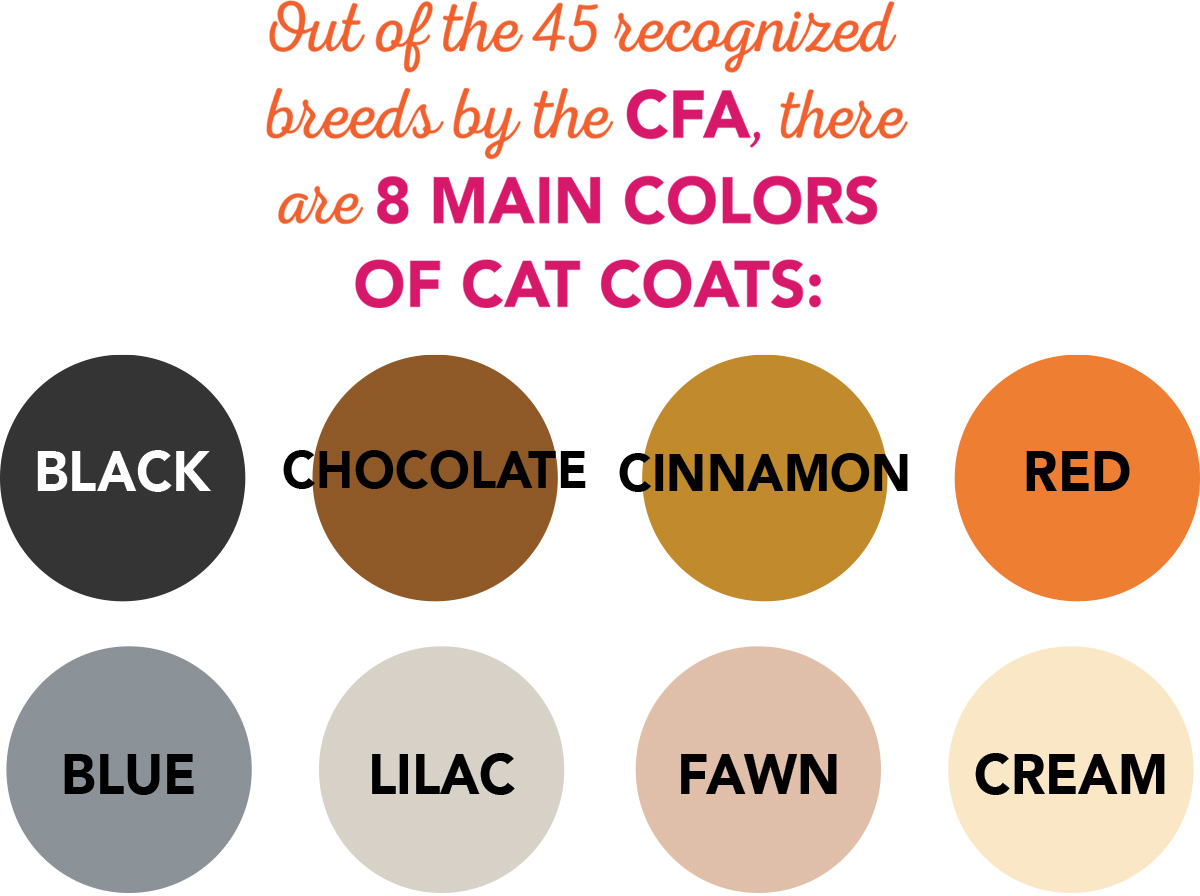

Cats can have one of four tabby patterns: 1) Mackerel, which have narrow stripes that run almost parallel down the side of the cat’s body; 2) Classic, which appear to have a “bull’s eye” on the side of their body; 3) Spotted, which have spots covering the cat’s body; and 4) Ticked, which have no spots or stripes but have the tabby markings on the face. When a tabby-patterned cat has multiple colors on their coat, we add the word “patched” to the tabby pattern.
Cats can also come in solid colors. However, when you are looking at a solid-colored cat, look closely. After a bath and in direct sunlight, many of these cats’ tabby markings will be visible. These faint tabby markings are called “shadowing” and are a result of the tabby gene not being fully blocked.
Cats that have a bit of white are always identified by their main color and “with white” and are officially categorized on a gradient scale. You may be looking at a blue with white or a red with white color pattern. A tuxedo cat would be considered black with white bicolor, usually about grade four on the gradient scale. Any two-colored cat is also referred to as a bicolor.
Multicolored cats are also a category of patterns. The tortie (tortoiseshell) is a cat with a mixture of black, red and cream colors on the coat. A diluted tortie is a blue and cream-colored cat. The calico-patterned cat is a cat with the coat color combination of black, red and white. Diluted calico cats have coats that are a mixture of blue, cream and white.
Many cat owners have pointed cats. The most common breeds for the pointed cat pattern tend to be Persians, Himalayans, Siamese, Scottish Folds and Exotics. Many DSH and DLH cats are also pointed. The pointed pattern can be seen on the ears, feet, face and tail. Points are simply a different color from the color on the cat’s body. Points on cats are identified by the following colors and patterns: seal, blue, chocolate, flame, lilac, cream, tortie (black and red) and lynx (tabby markings on points).
While it can be overwhelming, spending the time needed to master breeds, colors and patterns will not only build your reputation as a pet care professional and an expert in your field, but also develop trust, respect and positive relationships with your clients.
Animal Health


By Arden Moore
 ne of the most overlooked and deadliest conditions to impact a dog at a boarding and daycare center is bloat.
ne of the most overlooked and deadliest conditions to impact a dog at a boarding and daycare center is bloat.
“Medically, veterinarians refer to it as gastric dilatation-volvulus (GVD), but emergency veterinarians refer to it as ‘the mother of all emergencies,’” says Dr. Mike LoSasso, a board-certified emergency medicine veterinarian who operates the Frisco Emergency Pet Care in Frisco, Texas.
The signs for bloat at first can be subtle. A dog may act lethargic or make retching sounds or salivate, but not vomit. In addition, the stomach steadily swells. With time, a dog’s heart may accelerate, gums may become pale, they may go into shock and their heart may stop beating.
“The stomach has not only dilated and gotten very big, but it has turned around on its own axis,” explains Dr. LoSasso. “It cuts off the ingress from the esophagus and the egress from the intestinal tract. Everything in the stomach stays in the stomach. The stomach stretches and it is very, very painful. It puts pressure on the aorta and causes a lot of cardiovascular compromise.”
In dogs suspected of having bloat, minutes count. Untreated, a dog can die within minutes to a few hours of developing bloat. It is estimated that about 60,000 dogs develop bloat in the United States annually, and of them, about 40 percent do not survive.
“Bloat is more common in deep-chested breeds in which their sternums are a long distance from their backbone,” he says. “We don’t ever see bloat in the square-chested dogs, like English bulldogs or most terrier breeds. I have seen bloat in a couple of small dog breeds. One was a Corgi and one was a Dachshund. Both are small breeds, but because of their deep chests, there is enough room for the stomach to actually move around.”

The first comprehensive medical study on canine bloat involved 1,914 dogs in the early 1990s at Purdue University’s School of Veterinary Medicine and was led by Dr. Larry Glickman, DVM, an epidemiologist.
Some of the key findings remain true today:
- Dogs who are nervous, anxious, fearful, or even aggressive are more at risk for bloat than dogs with even or happy temperaments.
- The long-held belief among some that elevating a dog’s food and water bowls would reduce the risk of bloat does not hold true. In fact, veterinary researchers found that raising the bowls off the floor doubles the risk of a dog developing bloat.
- Bloat is more prevalent in large breeds, with the risk steadily increasing after age five.
- Feeding a dog only one large meal of dry dog food a day can increase the dog’s risk for bloat. The stomach has a better chance of breaking down and digesting food when a dog is served two or three smaller meals a day.
“One week after taking a pet first aid class, one of my staff noticed a dog acting puckish in his kennel and that his stomach was swollen,” recalls Ash. “We immediately notified the dog’s owner, and we took the dog right away to the veterinary clinic where the dog was treated for bloat and survived.
To reduce the risk of bloat, Ash ensures that his staff follows this safety policy: All dogs are rested for at least one hour before they are fed. Then, the dogs are kenneled for at least an hour after eating, before they head into the common areas for play time or potty breaks. Dogs are not allowed to gulp up large quantities of water. Some dogs are fed in specially designed slow-feeder bowls or food puzzles that a dog must paw or mouth to release small bits of food at a time.
Dr. LoSasso shares this final tip: “If you notice the dog is getting fatter like every 15 minutes, that really is a problem, and we need to see those dogs as quickly as possible. Bloat is often over missed, so the more we can educate pet professionals and pet parents about the early warning signs, the better the survival rate can be.”
Arden Moore is known as America’s Pet Health and Safety Coach. A master certified pet first aid/CPR instructor, Arden is the founder of Pet First Aid 4U and director of education for Pro Pet Hero’s pet first aid instructor program. She teaches in-person and interactive classes all over the world. A Fear Free certified speaker, she is the author of more than two dozen pet books. She hosts the award-winning “Oh Behave Show” on Pet Life Radio and “Arden Moore’s Four Legged Life Show.” Learn more at www.ardenmoore.com and www.petfirstaid4u.com
Think Tank



By Fernando Camacho
 ver the years, dog daycare has become a popular service for pet owners seeking a solution for their furry friends while they are away. However, with the rise of people working from home combined with the dip in the economy, pet parents are starting to rethink if sending their dog to daycare is really necessary. In order to combat this and ensure pet businesses will survive and advance in the future, we need to change how the public sees and uses dog daycare.
ver the years, dog daycare has become a popular service for pet owners seeking a solution for their furry friends while they are away. However, with the rise of people working from home combined with the dip in the economy, pet parents are starting to rethink if sending their dog to daycare is really necessary. In order to combat this and ensure pet businesses will survive and advance in the future, we need to change how the public sees and uses dog daycare.
School is in Session
It’s time for dog daycare to evolve beyond mere babysitting and transform into a learning environment, more like a school. In the human world, schooling is a necessity for children to learn, grow and develop into well-rounded individuals. In contrast, babysitting merely offers supervision and unstructured play.

This type of program isn’t just for those young, playful pups—it benefits dogs of all ages and temperaments. Senior dogs, for instance, may not be as exuberant, but they still would greatly benefit from mental stimulation and gentle exercises to maintain their health and happiness. This new approach allows daycare businesses to effectively take care of dogs at all life stages, increasing the lifetime value of their customers.
Times are a-changing, and the dog daycare businesses that are open minded, pay attention to the changing environment and are willing to adapt will thrive, while others that are reluctant to change will struggle. This evolution of dog daycare—from babysitting to schooling—is a natural progression that shows our evolving understanding of both canine and human needs.
By adopting a curriculum-based approach that prioritizes enrichment and training, we can create an environment where dogs not only enjoy their time, but also develop essential skills for a balanced and happy life. As we embrace this shift, dog daycare becomes more than just a service—it becomes an important part of both the dogs’ and their humans’ lives.
Fern is the founder of Overdog Digital, a digital marketing & consulting agency that helps dog daycare and boarding facilities attract, convert, and keep more customers by creating winning marketing campaigns and providing the business guidance to build momentum and spark long-term growth. Fern also has programs to train daycare staff, is a dog behavior consultant, and has a dog training business in New Jersey. He is the author of eight books and a popular speaker at national conferences and private events. To join The Dog Daycare Business Think Tank or ask a question, go to: www.facebook.com/groups/dogdaycarethinktank
Profile of Success
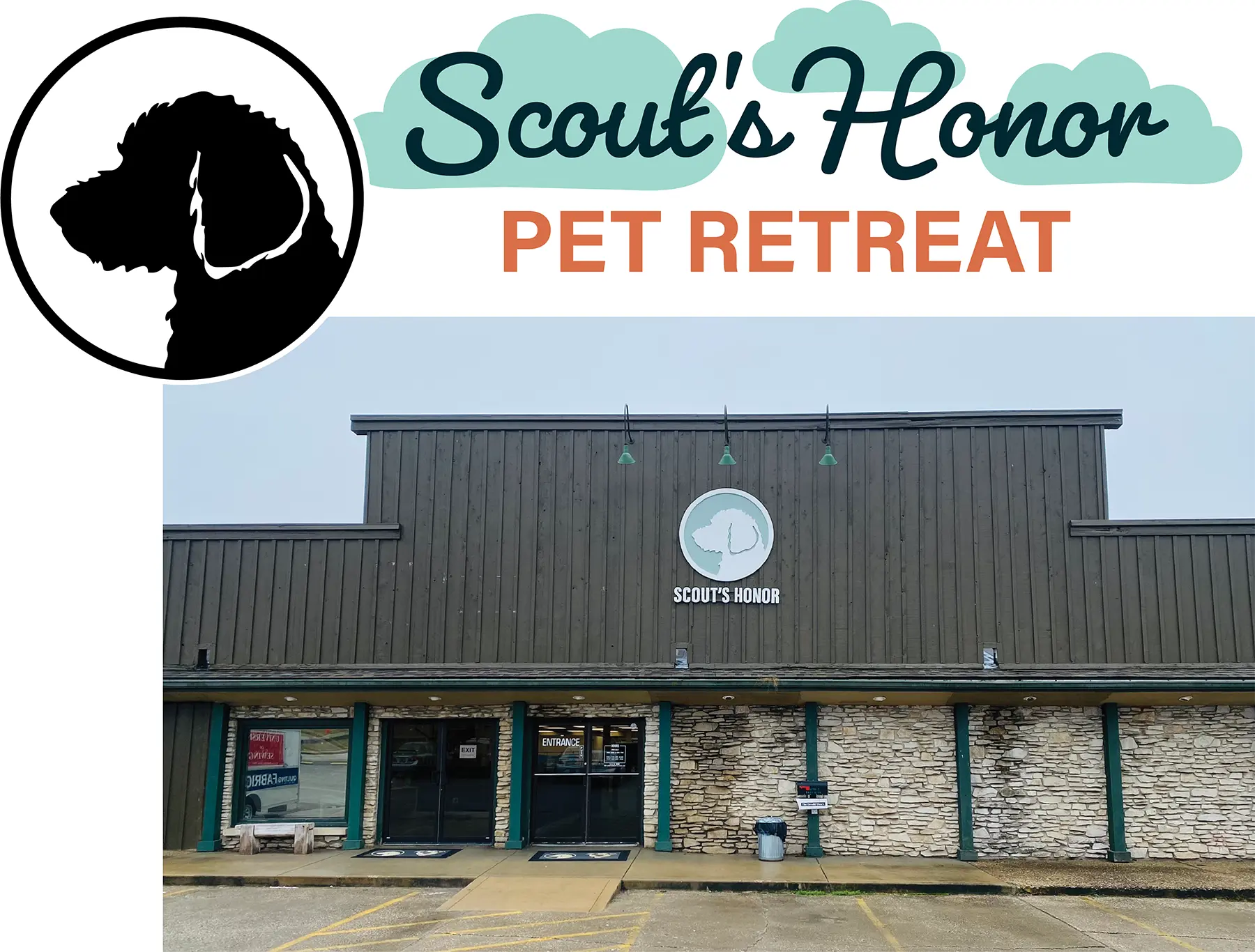

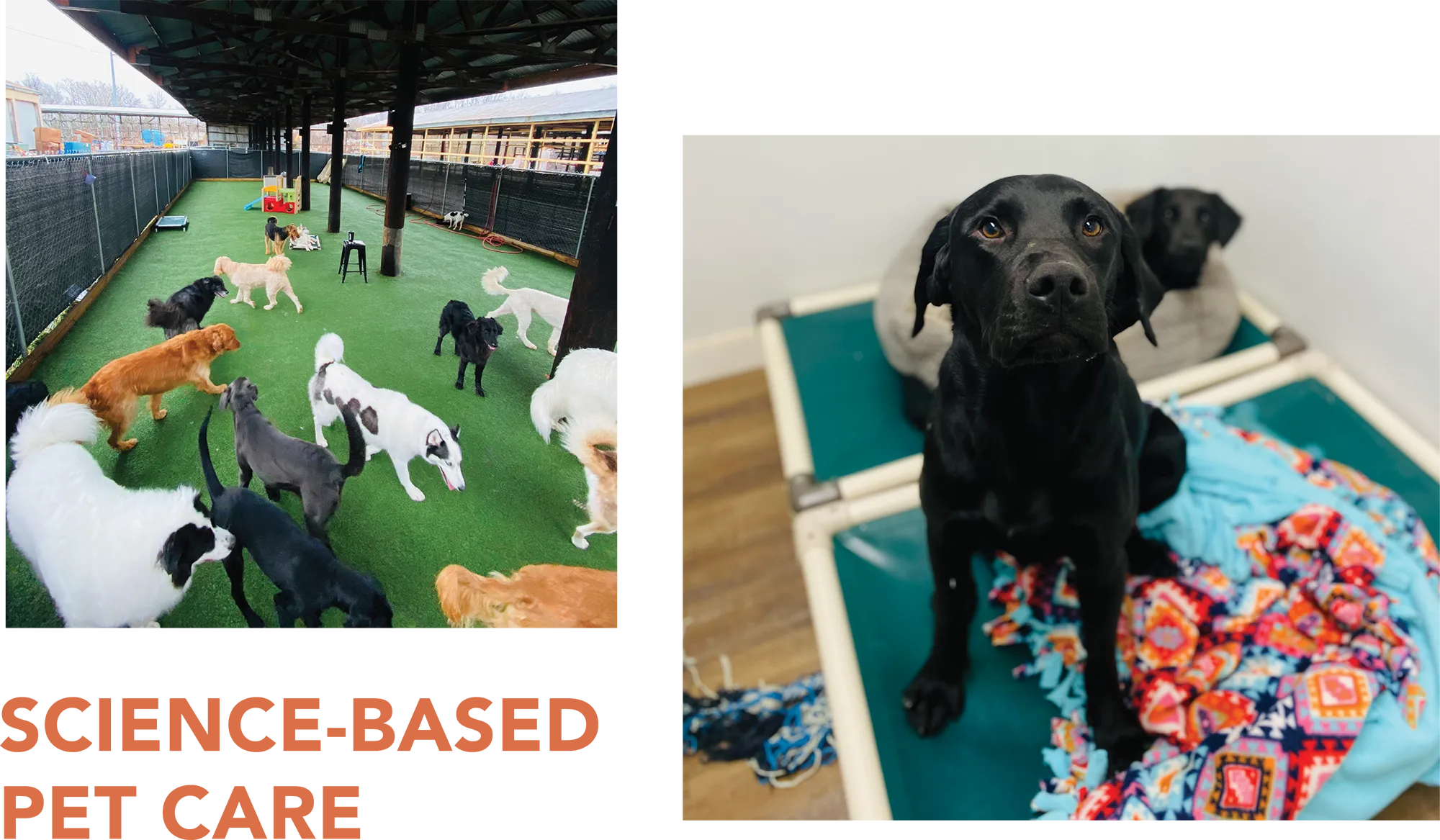







Photos by Jordan Vohs
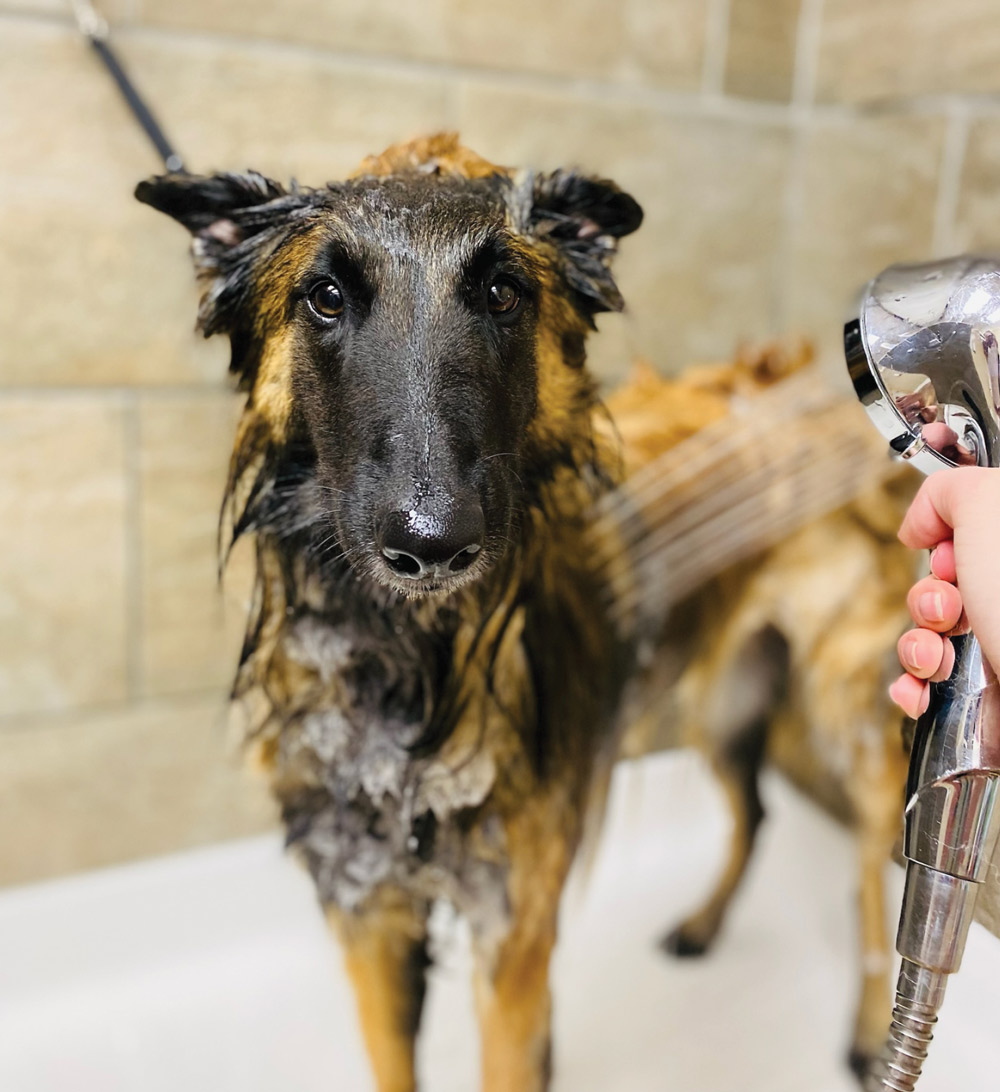
 t Scout’s Honor we do things differently,” says Allison Jacobs, owner of Scout’s Honor Pet Retreat in Bloomington, Indiana. “We focus on individualized animal enrichment and on the people who are taking care of the pets. This all goes together hand in hand.”
t Scout’s Honor we do things differently,” says Allison Jacobs, owner of Scout’s Honor Pet Retreat in Bloomington, Indiana. “We focus on individualized animal enrichment and on the people who are taking care of the pets. This all goes together hand in hand.”
When Allison Jacobs, her husband, Henry Grosvenor, and their business partner, Kristen Perrus, opened Scout’s Honor Pet Retreat in June of 2021, they knew they were going to structure their business on science-based pet care. What they didn’t know was that their approach to enrichment-based daycare and boarding would be so successful that in two short years they are at, or near, capacity almost every day.
Their unique business model, along with their individualized pet care programs, have become wildly popular with the pet-loving community. In fact, they have already garnered many awards, including “Best of B-Town” in 2022 and 2023, and the 2023 “International Pet Care Excellence Award.”
“Not only did we see the need for personalized pet care, but we also saw a need for our employees to be paid adequately and receive the benefits they deserve,” explains Allison. “We often hear that a trade-off for working with dogs is that you don’t get health insurance, paid time off, or other basic benefits you could get if you worked at places like Wal-Mart or Target. We have seen that push some amazing employees in other pet care businesses out of the industry. We knew that if our employees received adequate pay and benefits, we could retain them and grow them into experts in pet care. That was a big drive for us, helping make animal careers for people instead of just giving them a job.


Their unique business model, along with their individualized pet care programs, have become wildly popular with the pet-loving community.
When Scout’s Honor Pet Retreat opened, they offered enrichment-based daycare and boarding. Soon after, they added Fear Free and LIMA (Least Intrusive Minimally Aversive) dog training and spa services. In addition, the managers are PACCC (Professional Animal Care Certification Council) certified.


“Our business itself became successful in our community because we were presenting a different product than what was being offered by others.”
Owner of Scout’s Honor Pet Retreat
“We have seen enrichment positively encourage behaviors in dogs that satisfy their mental and physical needs,” she continues. “Enrichment alleviates stress by giving dogs control over their own bodies, mind, and their environment, and it teaches them how to regulate behaviors like jumping or herding.
Each dog is evaluated before it is accepted into their daycare. They observe their temperament, behavior and social skills, then make a recommendation on whether they should enter Day Camp 2.0, Hybrid Camp or Solo Camp.
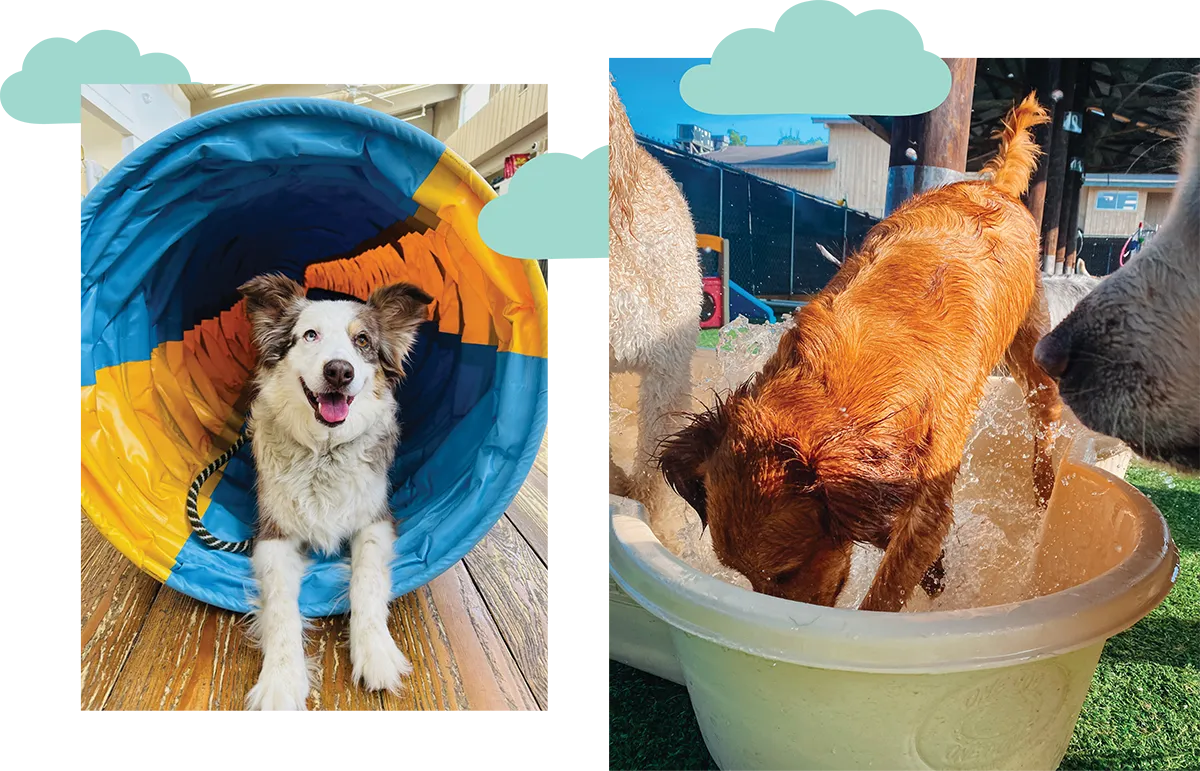
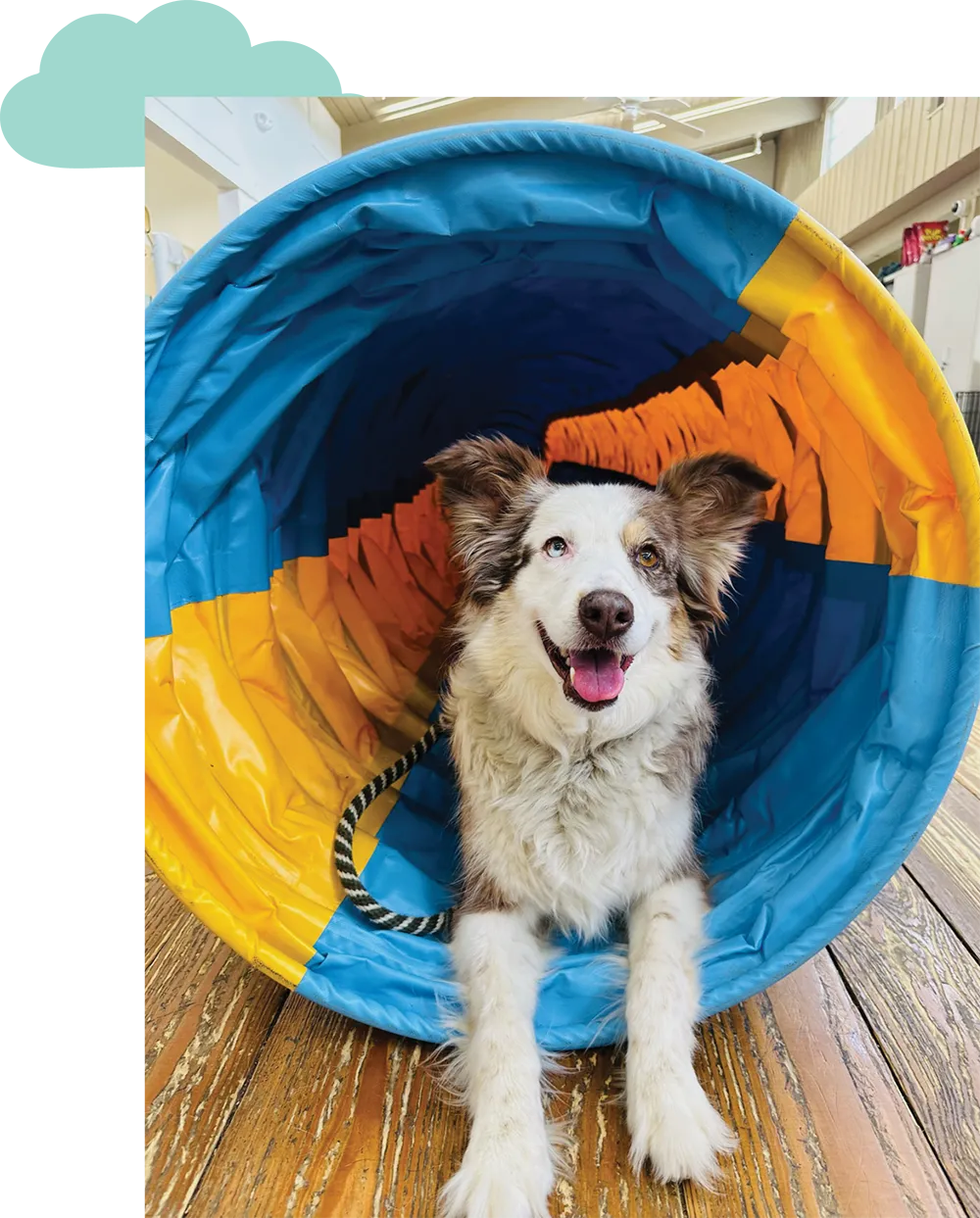
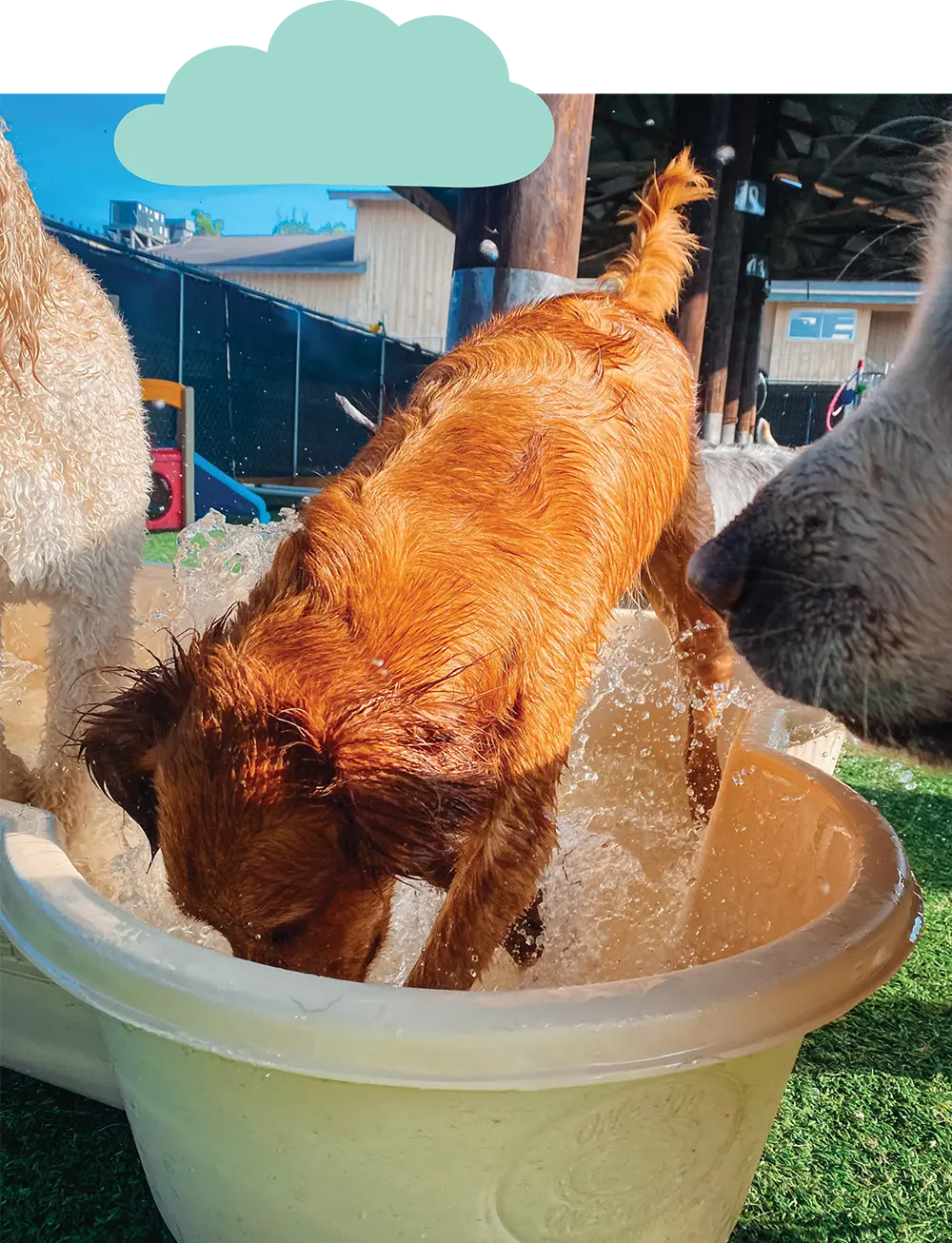
“Enrichment alleviates stress by giving dogs control over their own bodies, mind, and their environment.”
Owner of Scout’s Honor Pet Retreat
Additionally, they have developed a new program they call Pack Membership. Pack Membership offers owners discounts on boarding, training and retail purchases, as well as many additional perks such as Pack Walks and the Pack Rewards Program. One of the main reasons people become a Pack member is to guarantee their dog a spot in daycare.
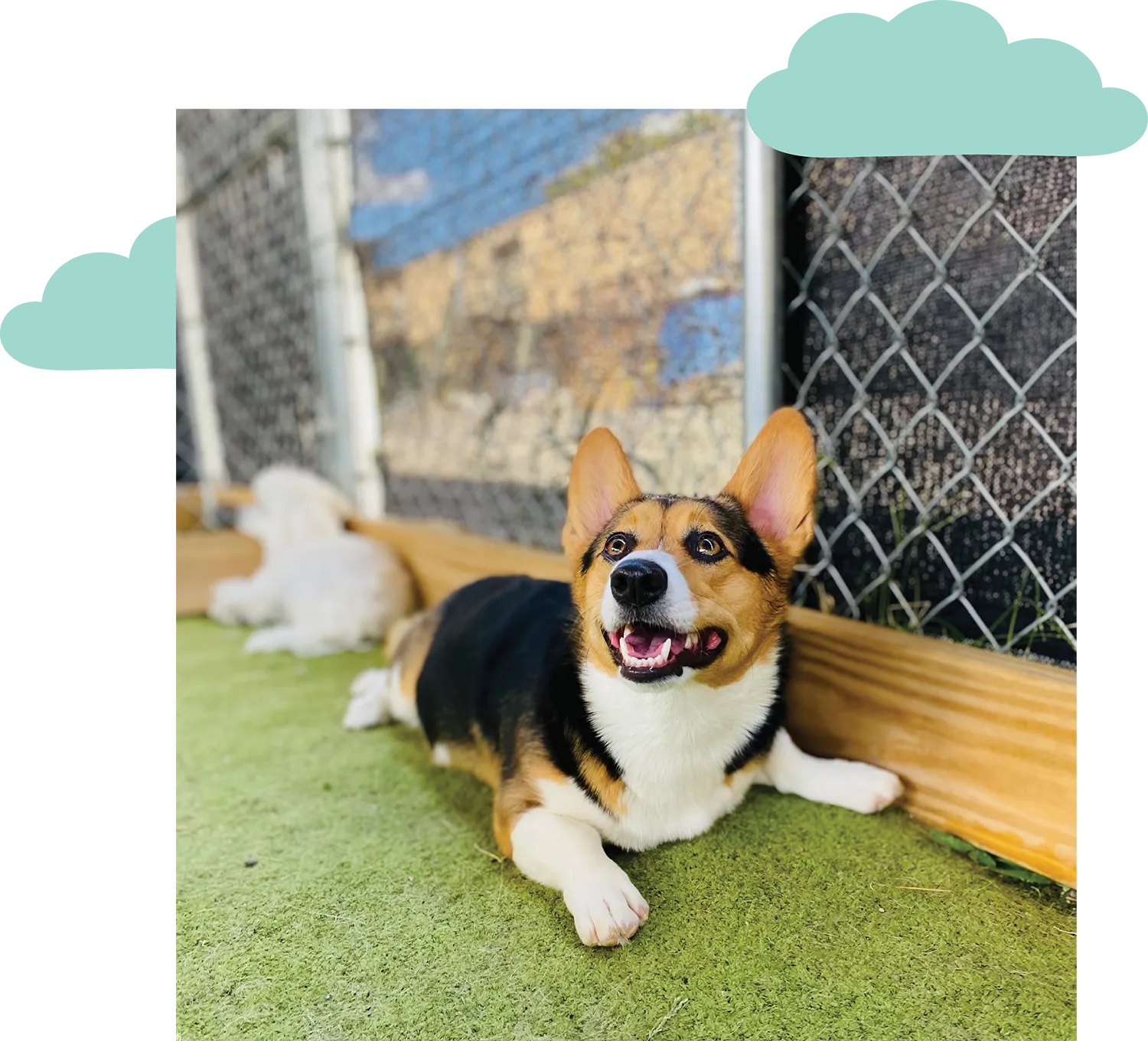
Each dog is evaluated before it is accepted into their daycare. They observe their temperament, behavior and social skills, then make a recommendation on whether they should enter Day Camp 2.0, Hybrid Camp or Solo Camp.
Scout’s Honor University is their Fear Free training program. They use positive reinforcement and Least Intrusive Minimally Aversive (LIMA) training methods.
The Scout’s Honor overnight campers stay in private luxury cabins that are painted and decorated in Fear Free colors and have an abundance of natural light. They enjoy smart TVs, calming music and comfortable beds. The overnight campers can attend daycare or training programs. At the end of every day, a digital report card of each dog’s activities is sent to its owner.
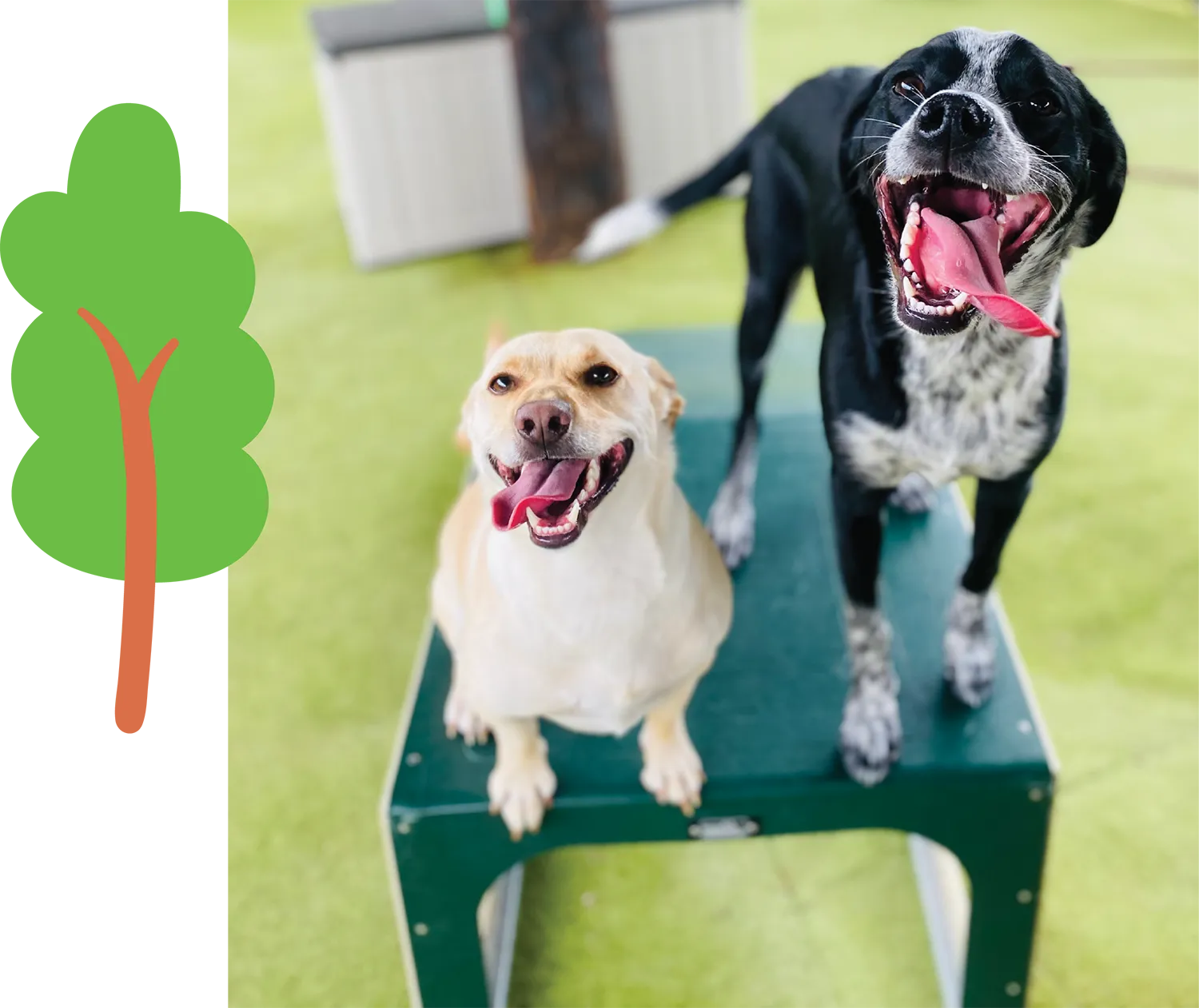
Scout’s Honor University is their Fear Free training program. They use positive reinforcement and Least Intrusive Minimally Aversive (LIMA) training methods.
“Our rapid growth and success would not be possible without our fantastic staff,” says Allison emphatically. “The minimum wage in the state of Indiana is $7.25 an hour. Our employees start out at $15.00 an hour and receive increases as they get experience and more qualifications. We also offer health insurance, 401ks, vacation, and paid time off.
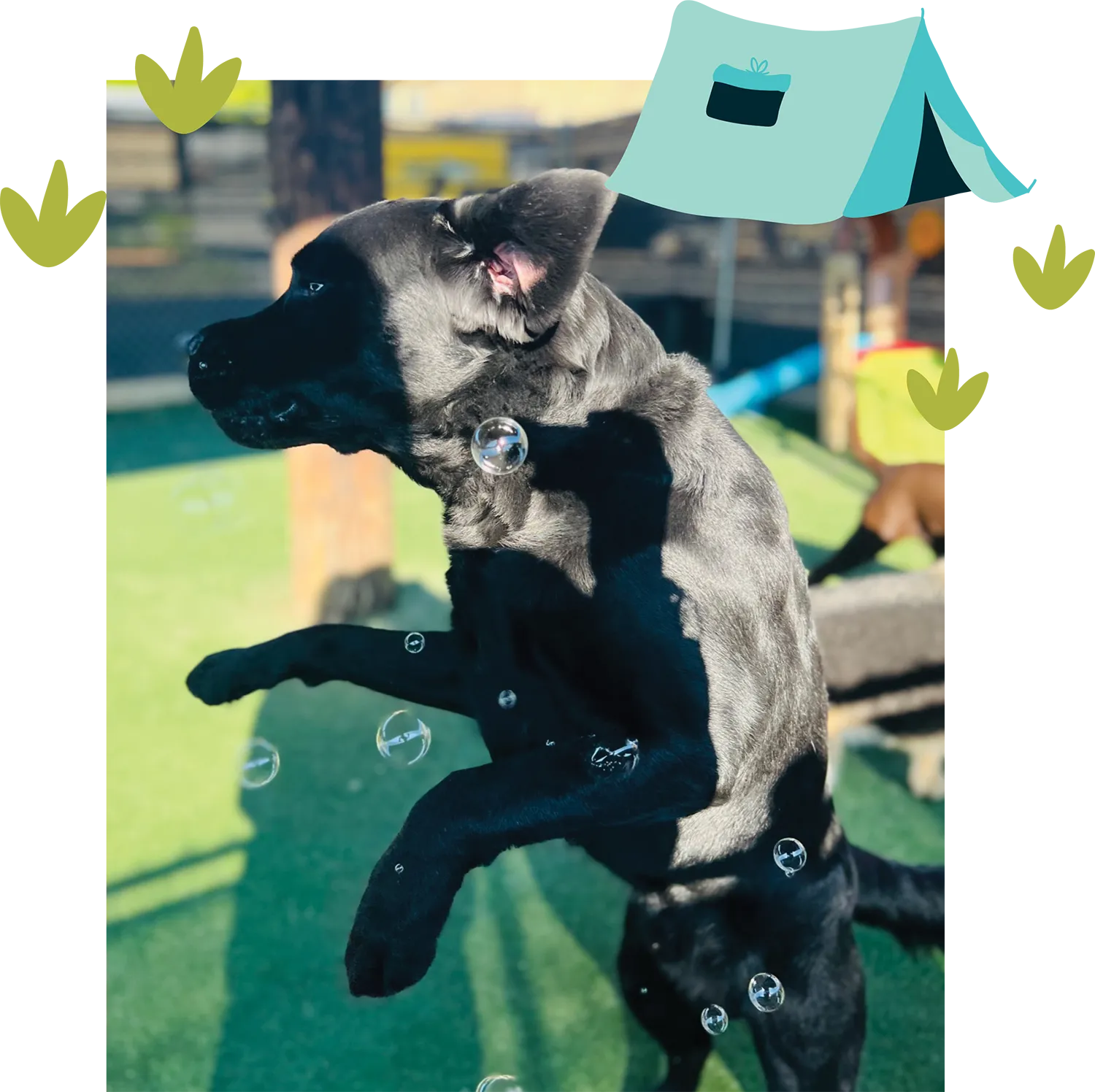
Since Scout’s Honor Pet Retreat opened in 2021, they have doubled their number of employees, doubled their revenue in year two, and they just crossed over seven figures. Plans are in the works to build and open a new facility, and in the future they plan to open additional locations. Scout’s Honor Pet Retreat is definitely on the cutting edge of science-based pet care!
Industry News
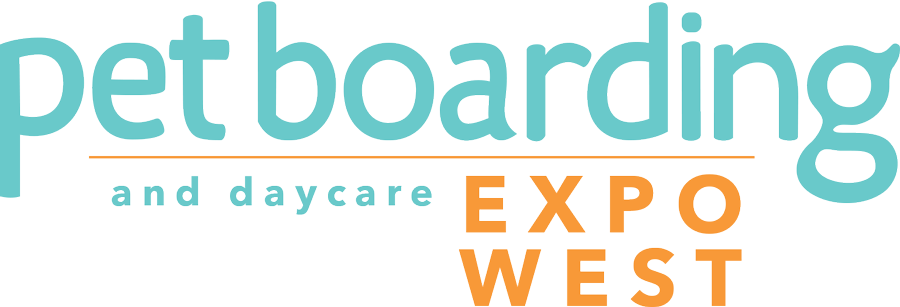
With the recent rapid growth of the pet care industry—and no sign of it slowing down any time soon—it’s more important than ever to make sure your facility is matching that growth.
 nd with an increase in owners seeking personalized care for their pets, growth isn’t just marked by a number. A large part of growing is expanding your knowledge in order keep up with the changes constantly taking place, whether it be in marketing, pet health and behavior, or the latest innovations in industry technology. But with so much information out there, where do you start?
nd with an increase in owners seeking personalized care for their pets, growth isn’t just marked by a number. A large part of growing is expanding your knowledge in order keep up with the changes constantly taking place, whether it be in marketing, pet health and behavior, or the latest innovations in industry technology. But with so much information out there, where do you start?
Well, you’re in luck! All the latest and greatest education, products and tools can be found in one place—Pet Boarding & Daycare Expo West! With the huge success of our relocation for the 2023 West Expo, we will be returning to the Horseshoe Las Vegas Hotel and Casino in Las Vegas, Nevada, May 20th-24th. And this year’s event is one not to miss!
With our largest line-up of speakers yet, including many brand-new faces, every aspect of the boarding and daycare industry will be covered—from staffing and marketing to building and design to pet health and behavior. There is something for everyone who has any involvement in this industry—be it an employee, manager or owner.
The expo begins Monday afternoon with two exclusive four-hour programs to choose from: “Professional Pet Boarding Infectious Disease Management Certification,” presented by Merck veterinarian Dr. Matthew Goetz and pet care revenue queen Laura Laaman; and “The Ultimate Pet Care Marketing Machine” with the always entertaining and conversant pet care marketing experts Fernando Camacho and Dominic Hodgson.
The Monday evening Keynote Address will officially kick off the expo, which will feature a timely and inspiring presentation from veteran trainer and facility owner Heather Beck, titled “From Start-Up to Scale-Up: Navigating Success in Your Pet Care Business.” This event is free to all attendees.
Immediately following the Keynote Address will be a meet & greet, which will give you an opportunity to unwind, socialize and get ready for the information-packed days ahead. Other opportunities to network and share stories with others in the business include the Round Table Luncheons on Tuesday through Thursday (registration required for luncheons).
In addition to the unparalleled education, which includes nearly 40 hours of seminars, the two-day trade will be taking place Wednesday and Thursday, so come ready to shop! With a large line-up of vendors, everything you need for your pet care business will all be in one place.
So whether you’re in the planning process, looking to scale-up, add more locations, hire more staff, increase your revenue, or just want to expand your knowledge, it’s time to “Get Growing” at Pet Boarding & Daycare Expo West!
For more information or to register, visit www.PetBoardingExpoWest.com
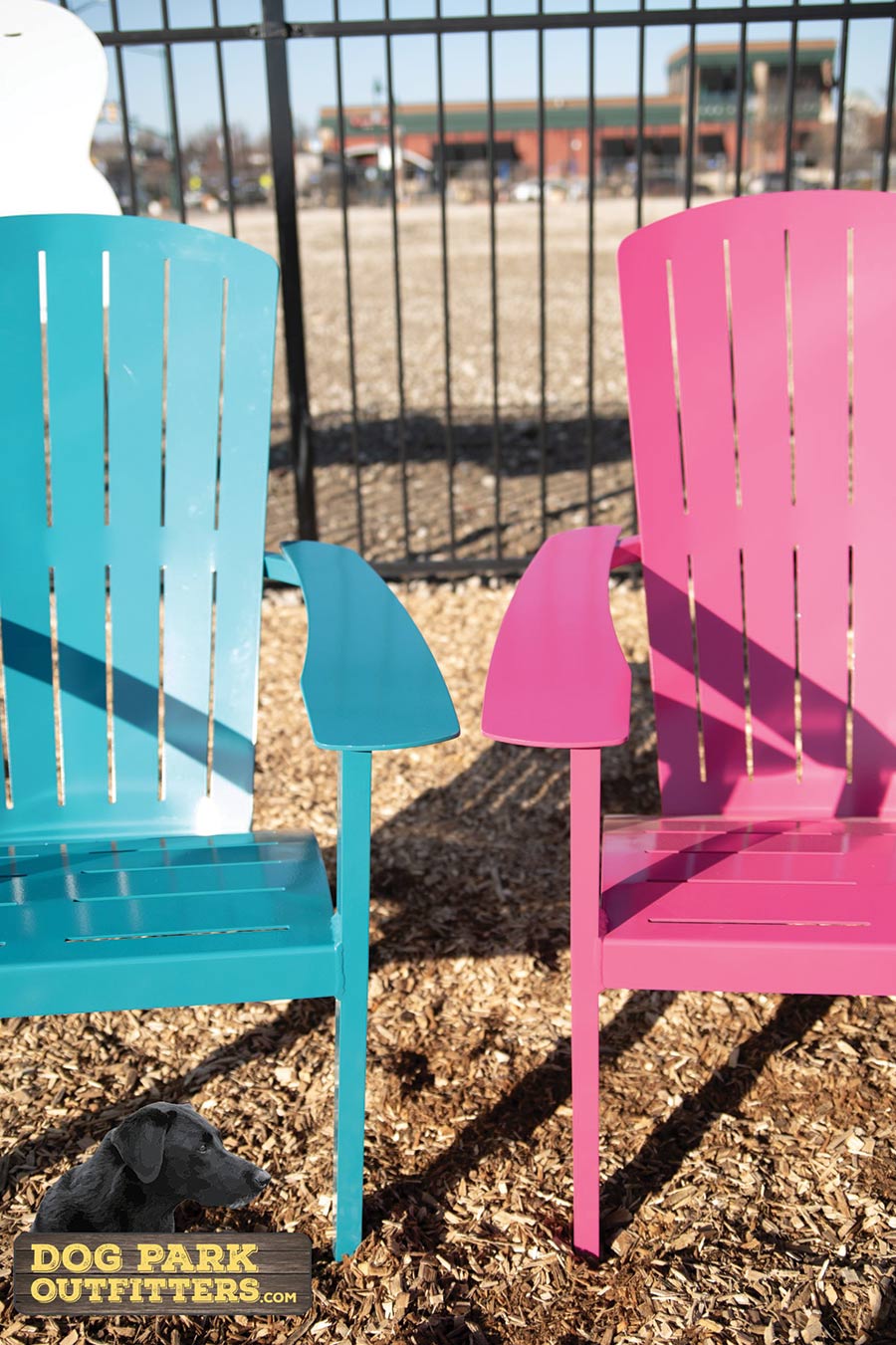
THE DOG PARK LOUNGE CHAIR
Dog Park Outfitters introduces the new Dog Park Lounge Chair. This aluminum Adirondack chair provides comfortable seating with high style within the dog park or play yard. The product is available in 11 vibrant colors to add a splash of fun to your facility. It’s manufactured from Aircraft Grade Aluminum which will ensure a rust-proof material and is coated with a beautiful semi-gloss powder coat finish. This lounge chair is heavy enough to stay in place during inclement weather but light enough to move around, and comes with a 15-year limited warranty on the frame. www.DogParkOutfitters.com
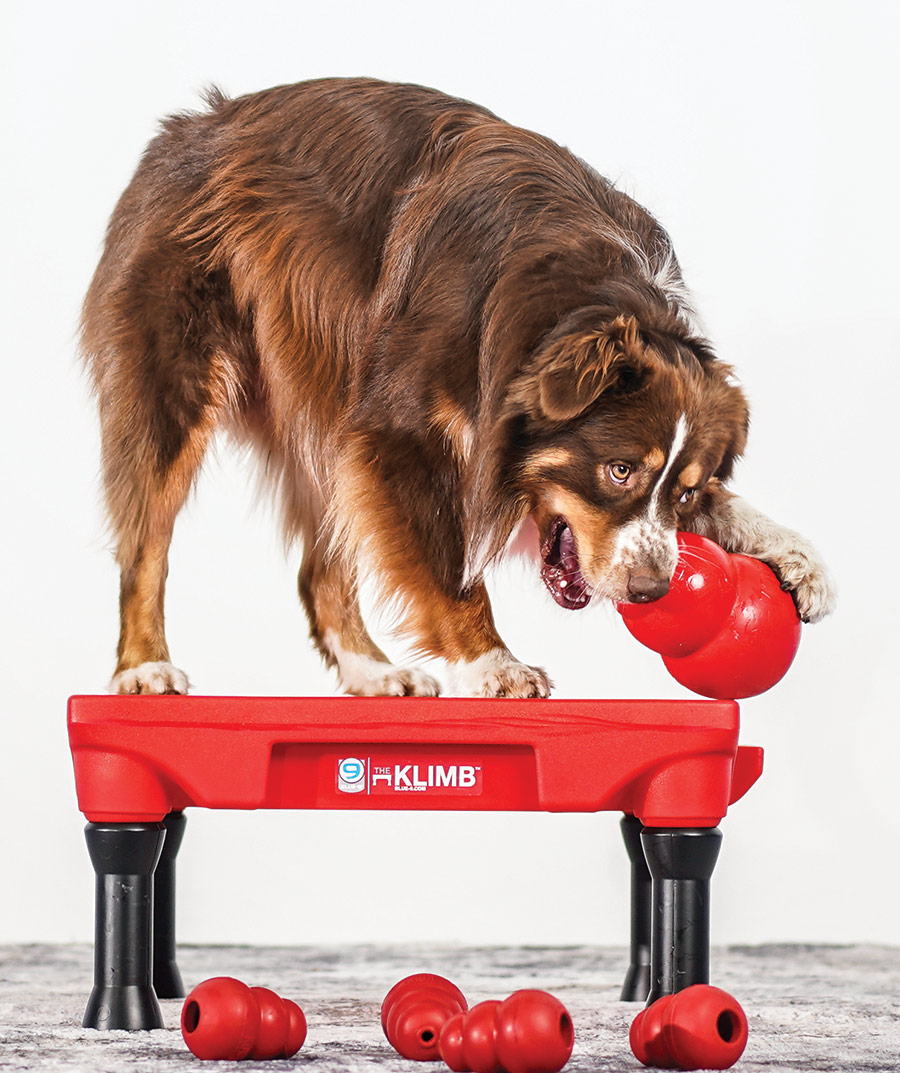
LIMITED EDITION KONG X KLIMB DOG TRAINING PLATFORM
Blue-9 Pet Products, a leading provider of innovative pet products, is excited to announce the release of the KONG x KLIMB Dog Training System—a one-of-a-kind canine training platform inspired by KONG’s Classic Red tone. The KLIMB’s durability and design make it the perfect tool to give dogs a place to go any time they need relief from stress, as well as a place to provide comfort, help manage behaviors, and to focus on learning new things. In addition, a donation from each KONG x KLIMB purchase will be made to local shelters. Blue-9.com

